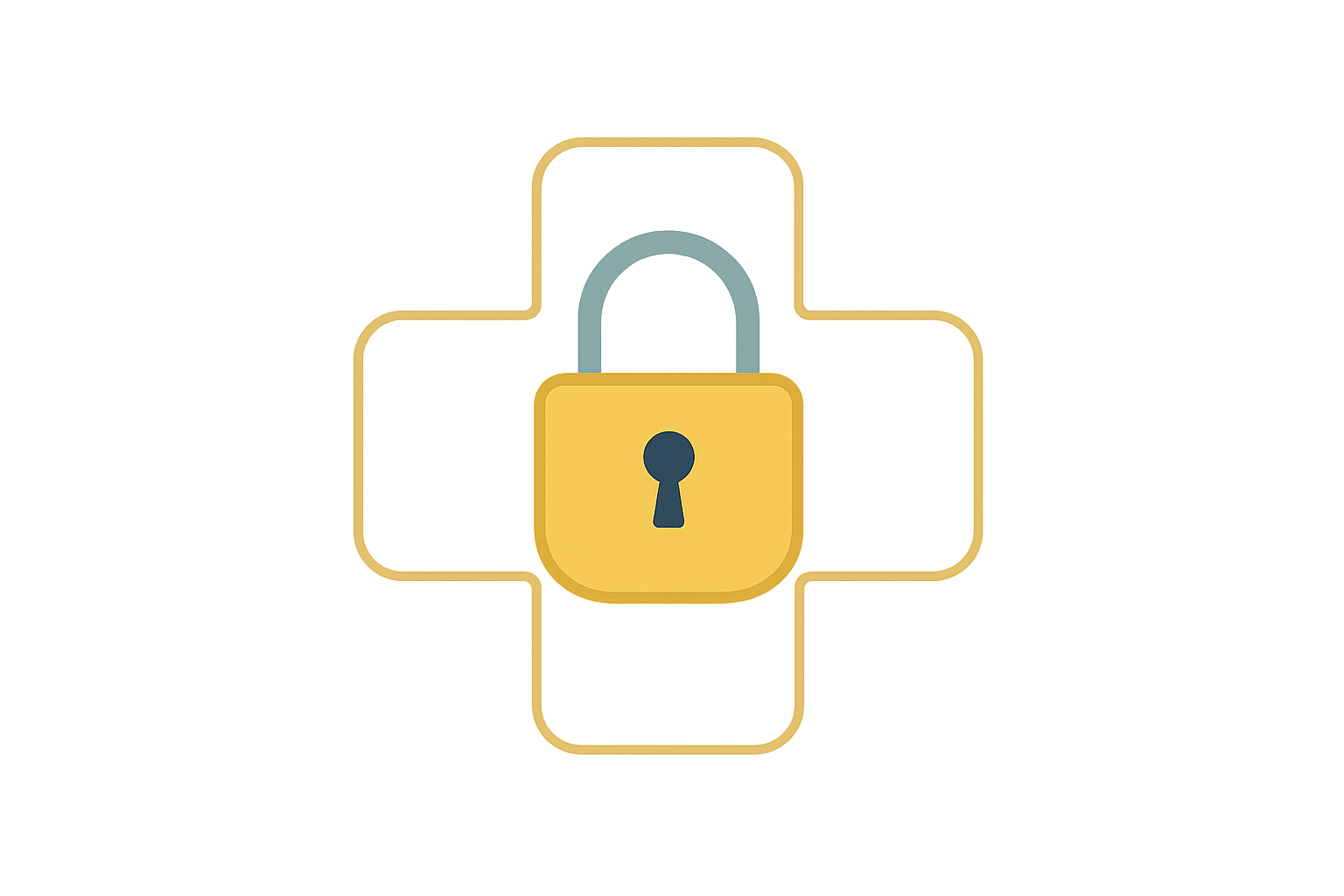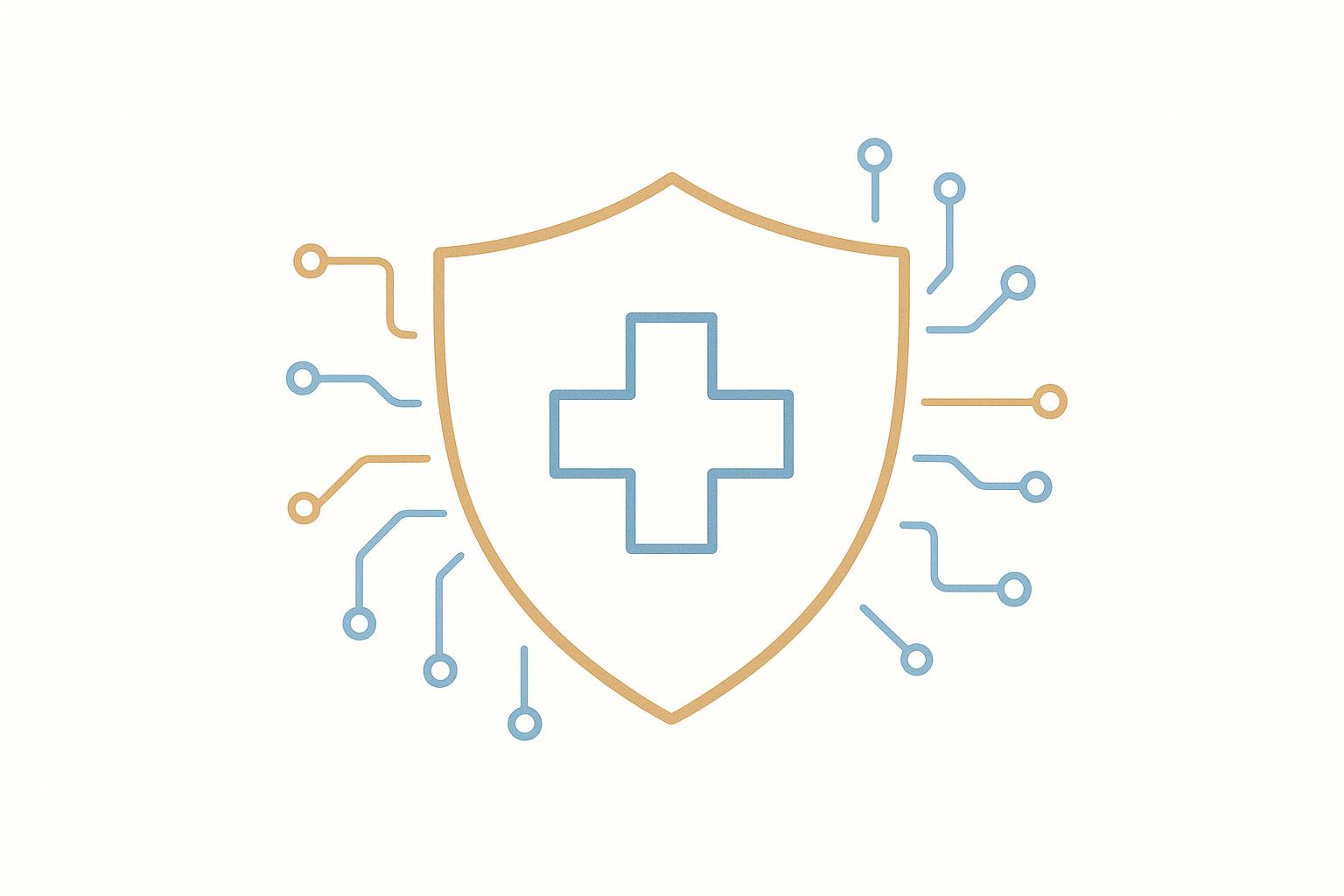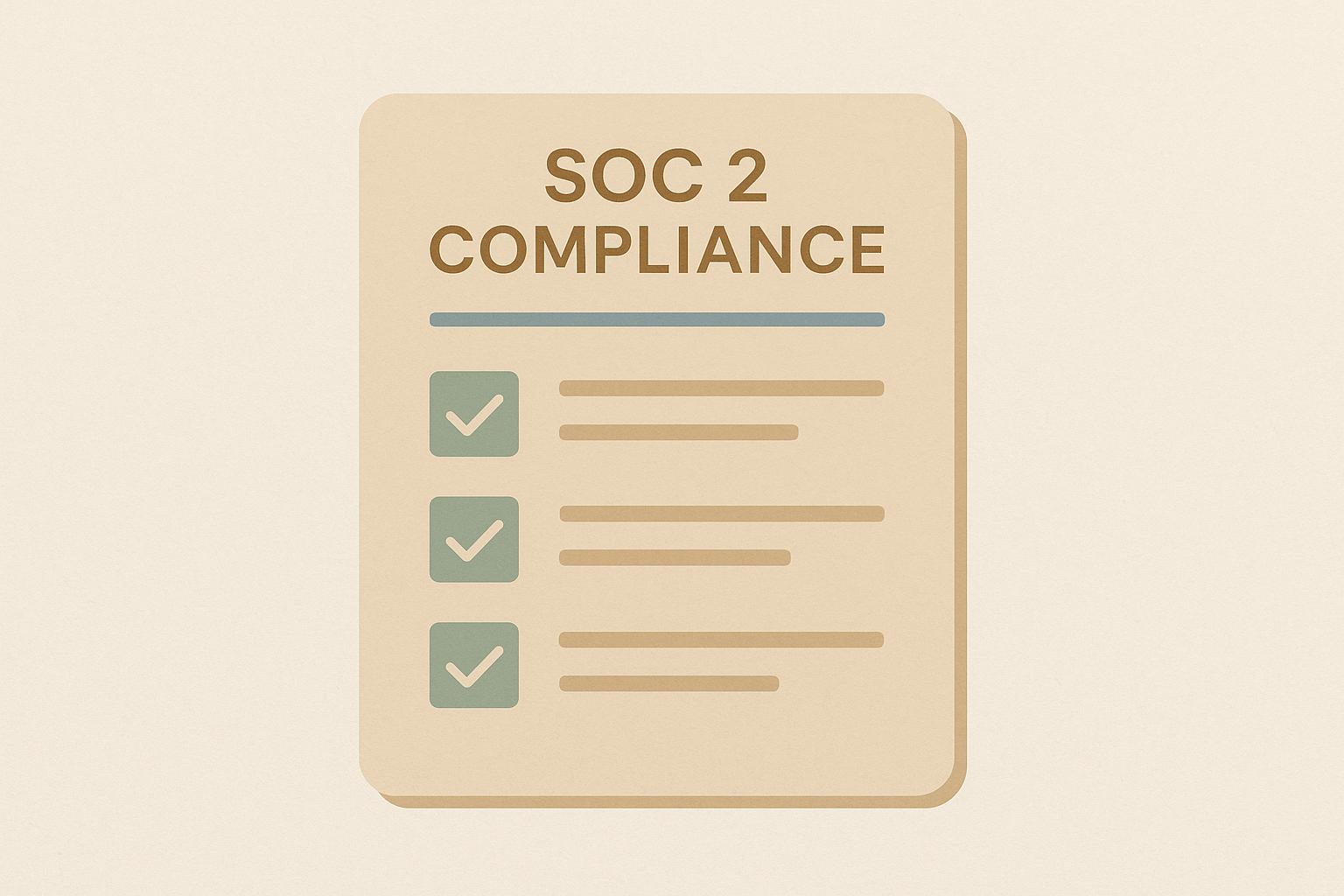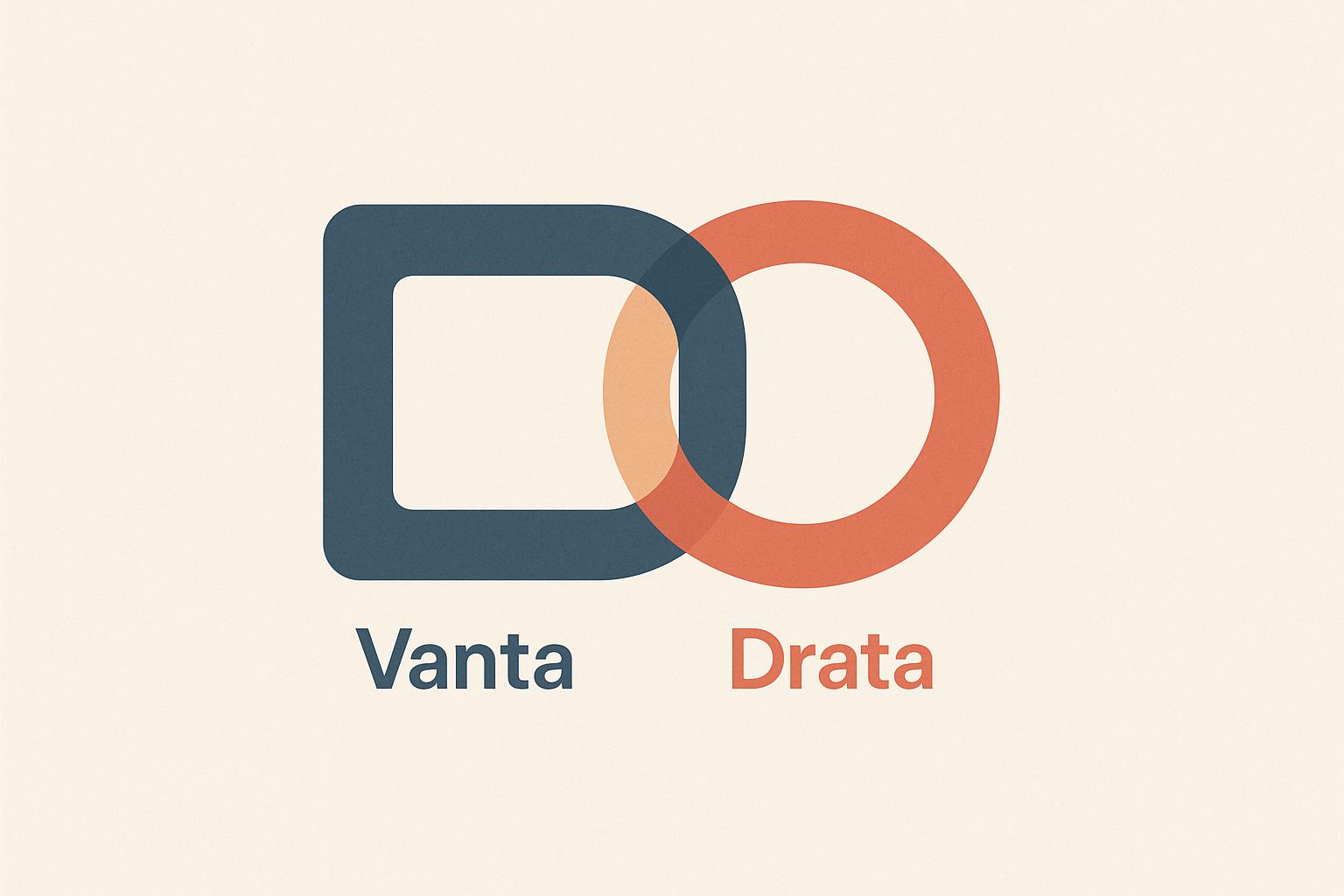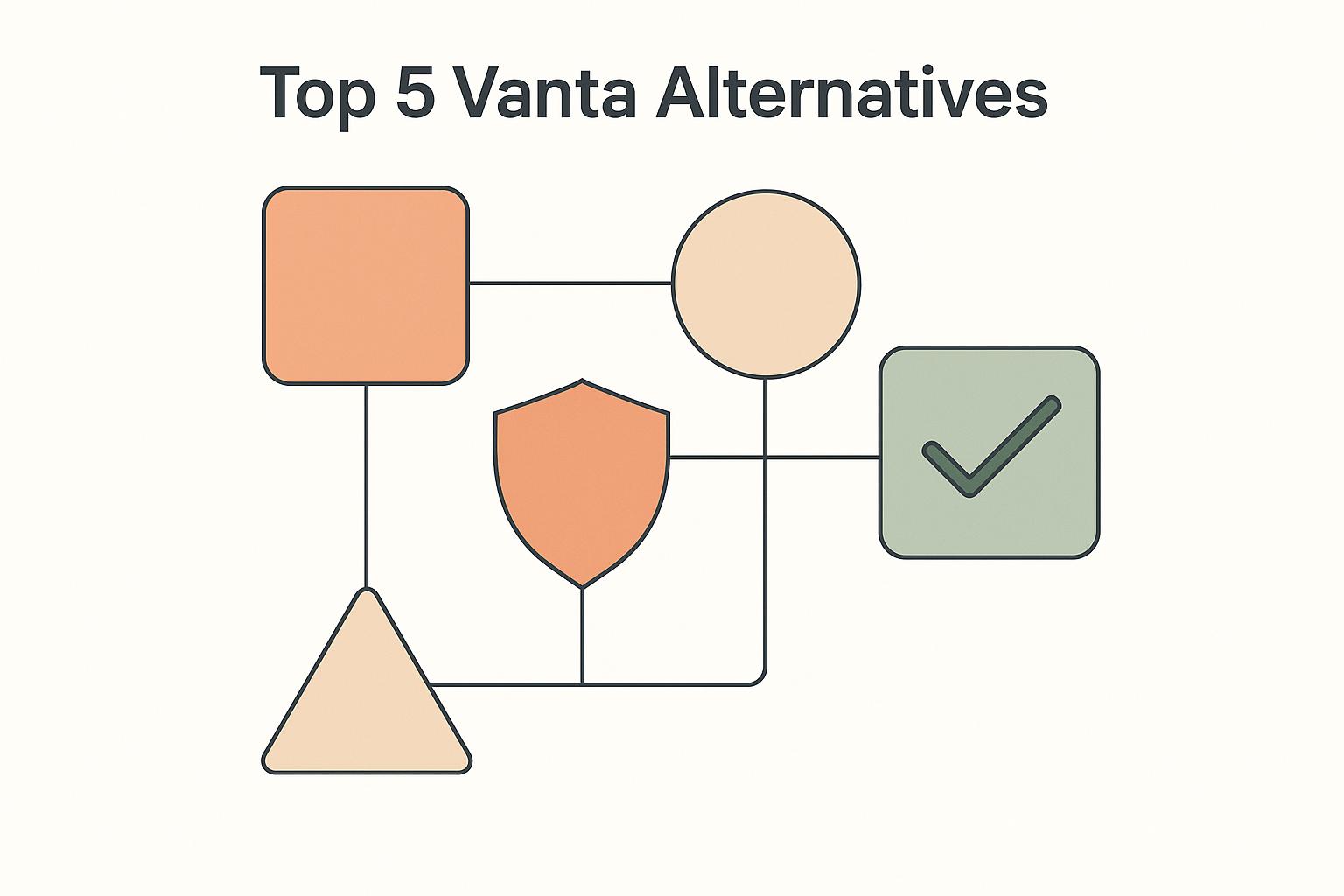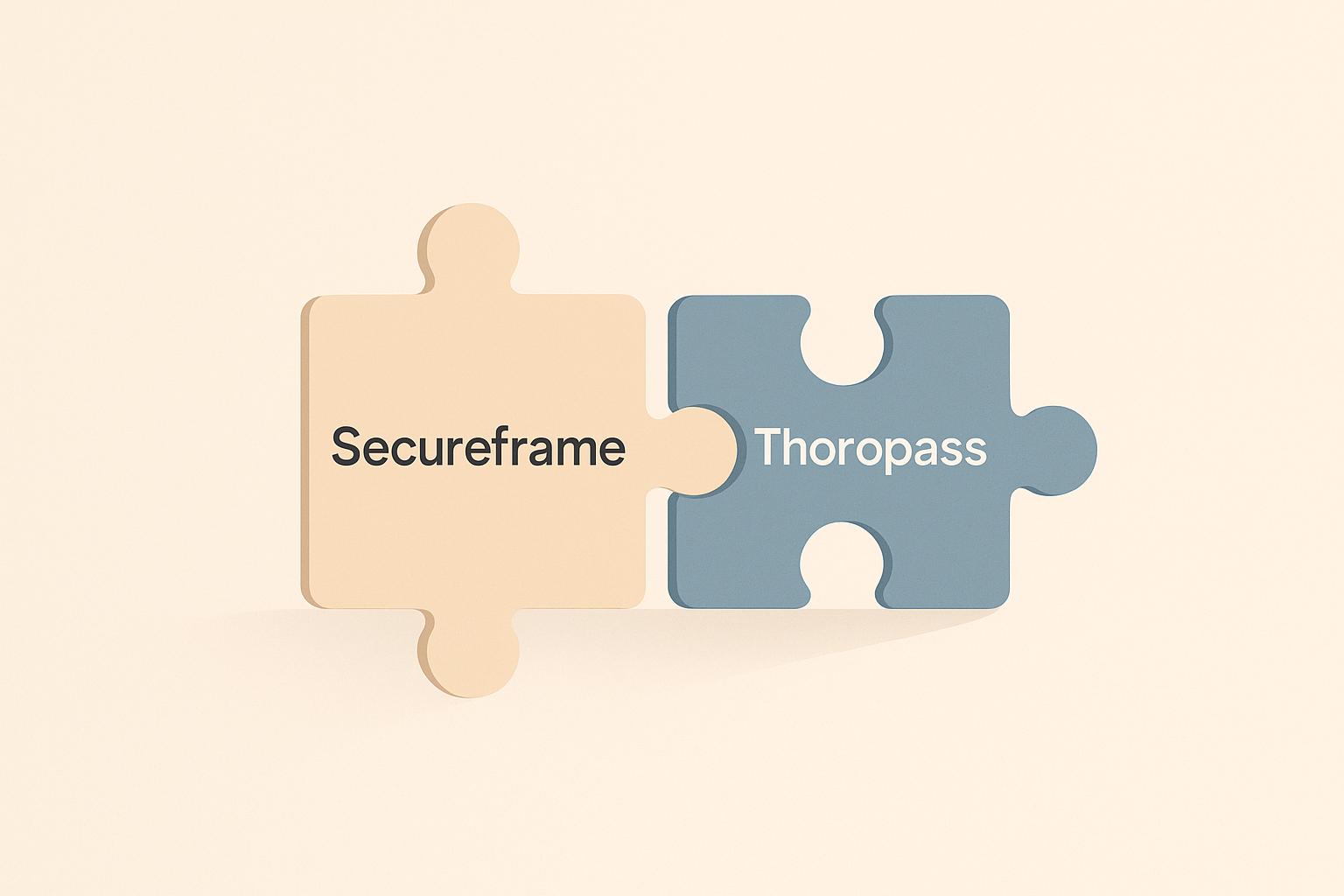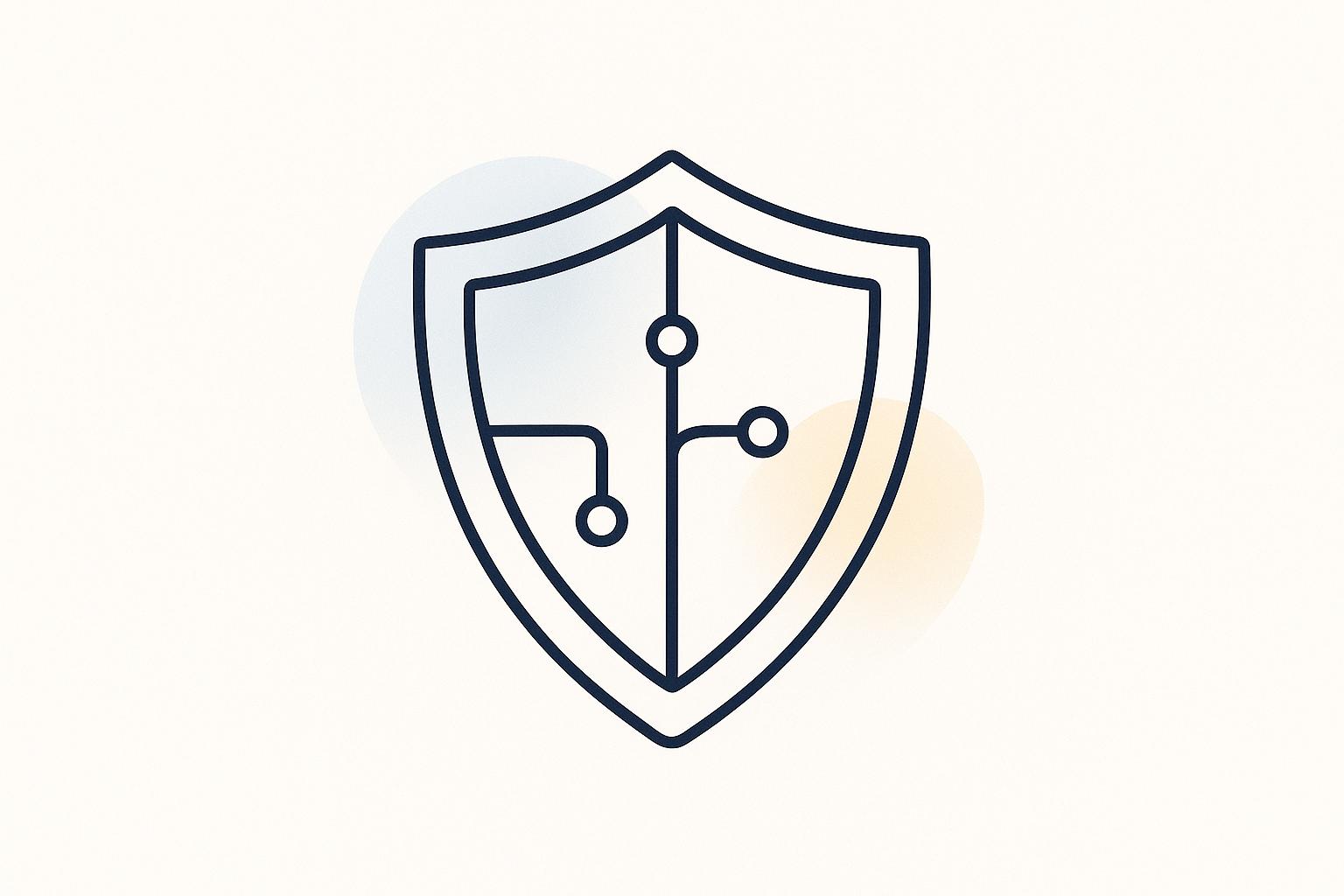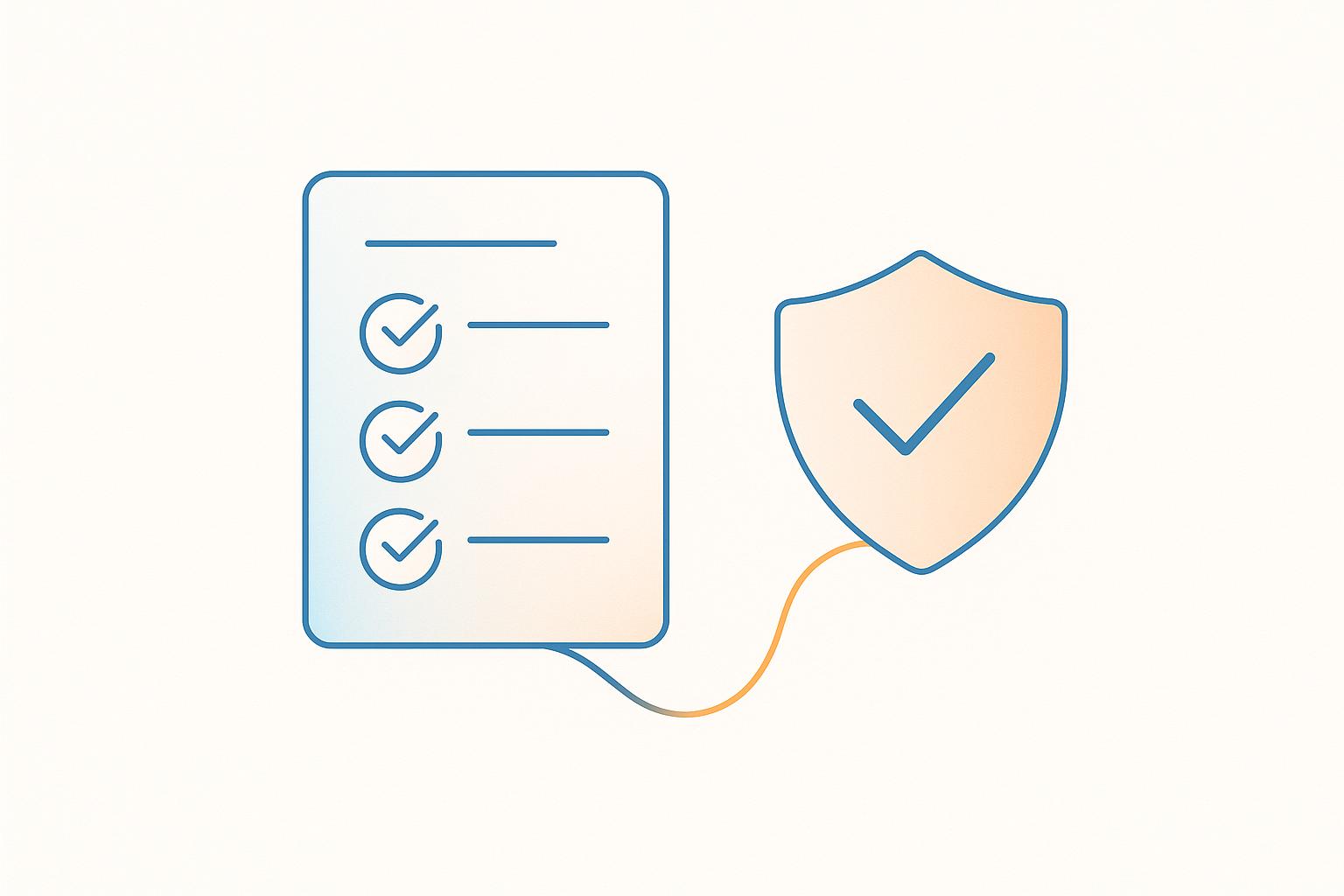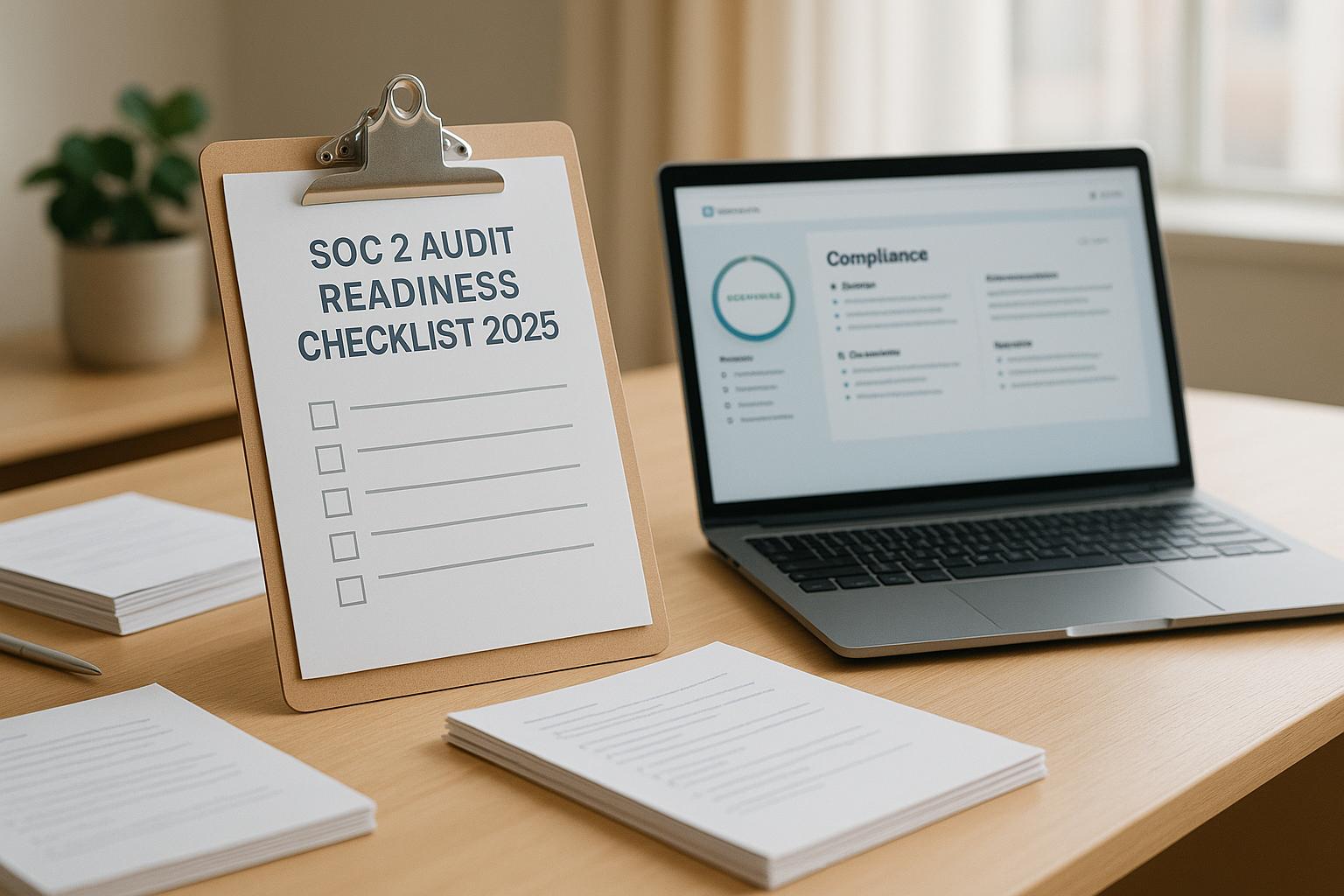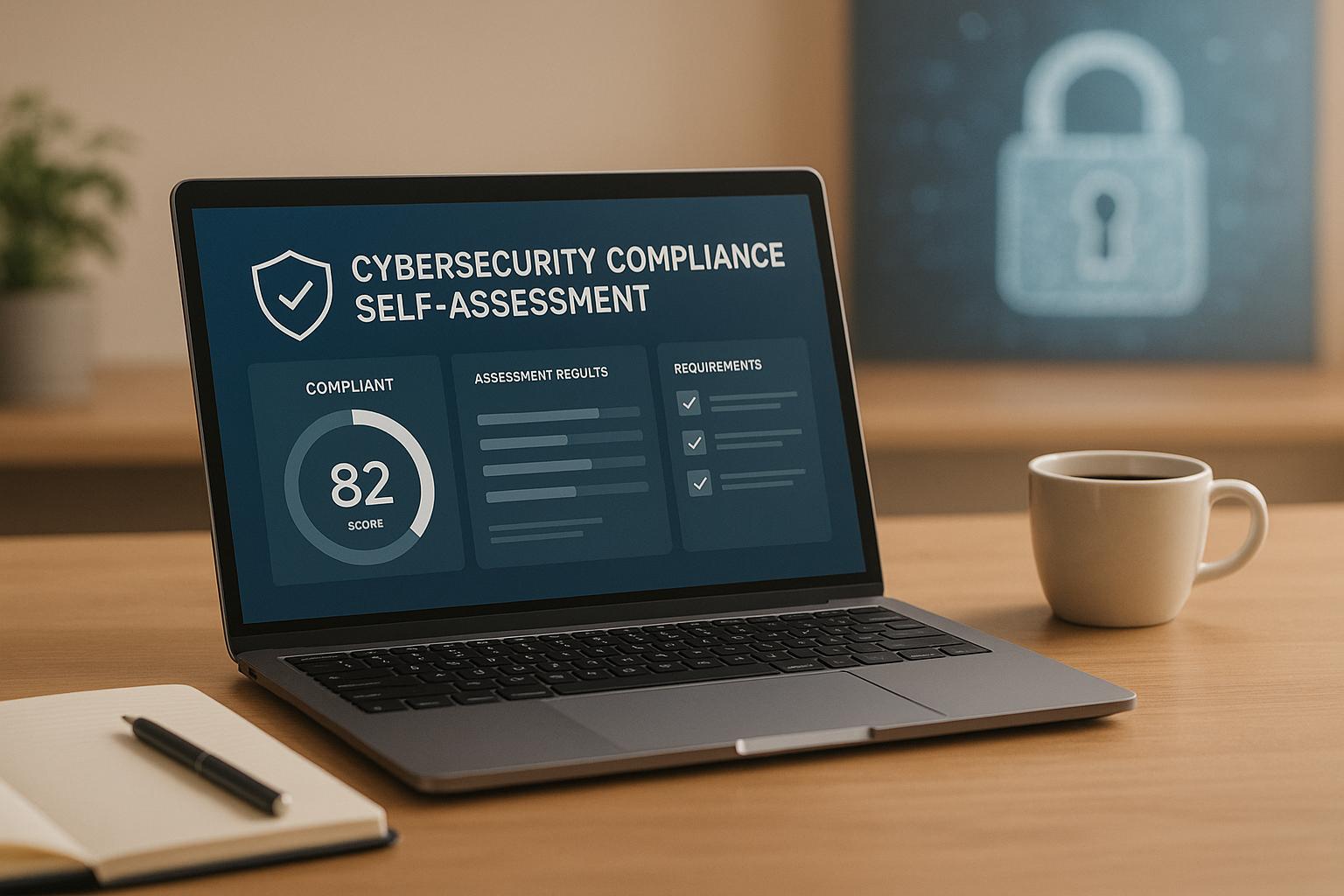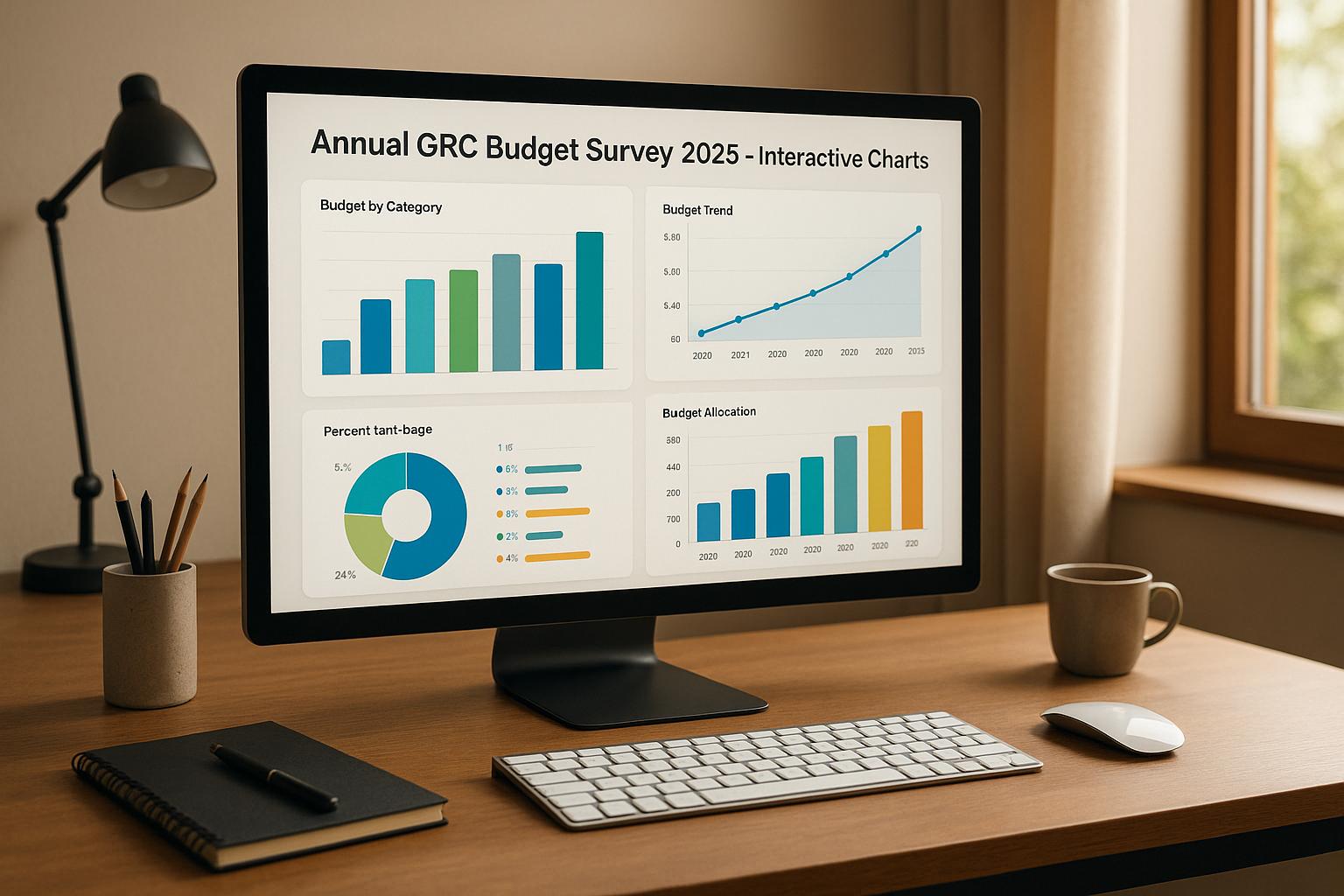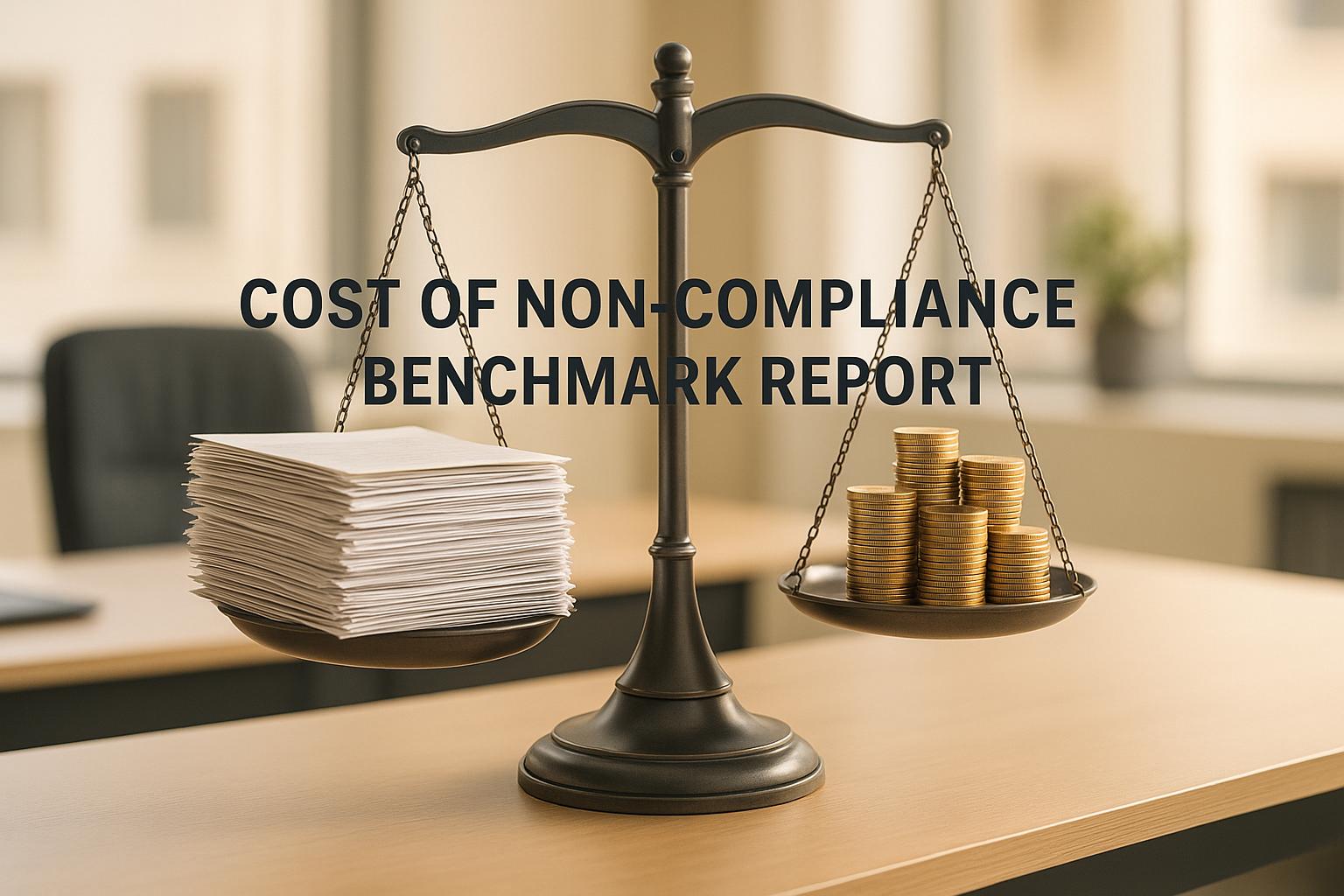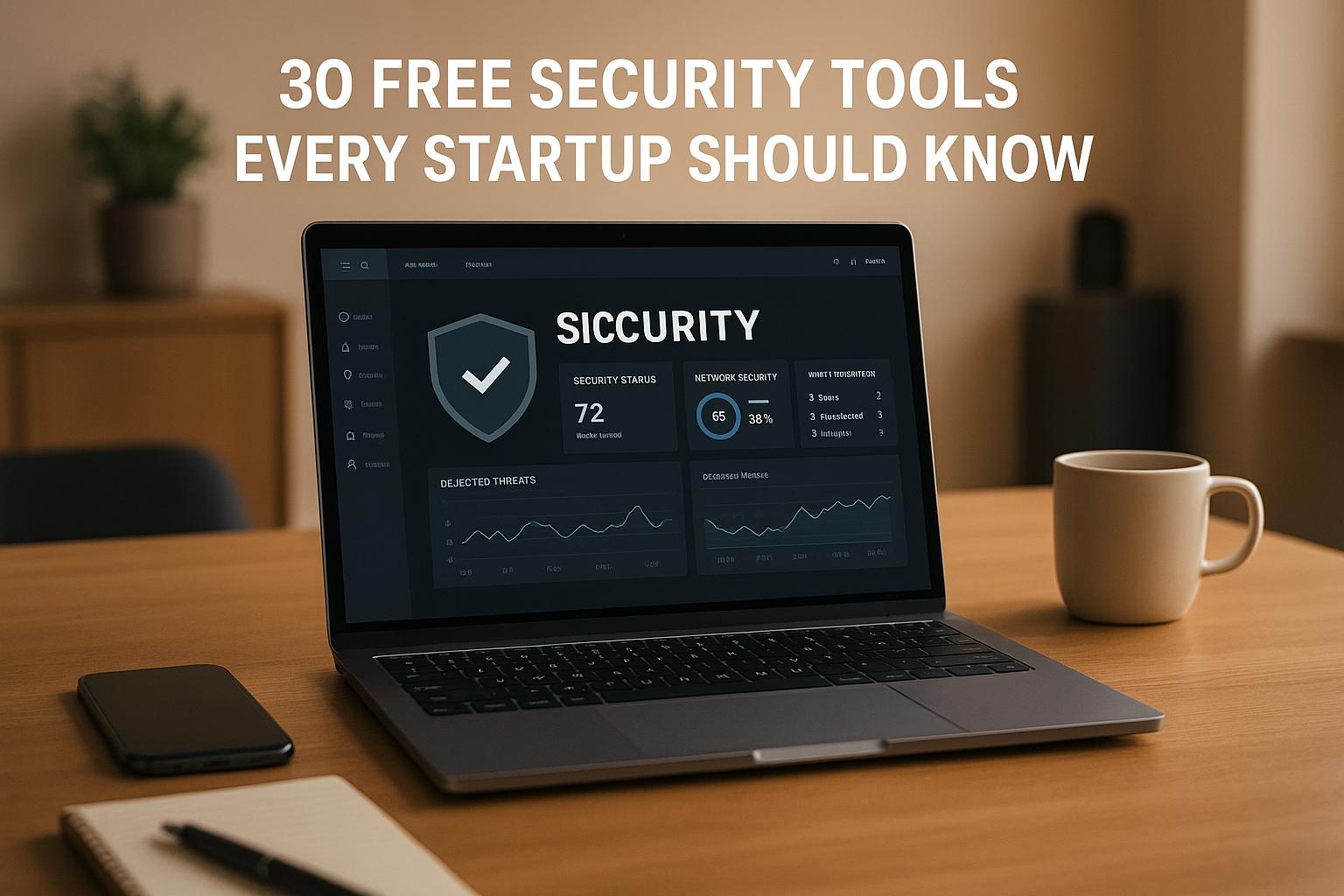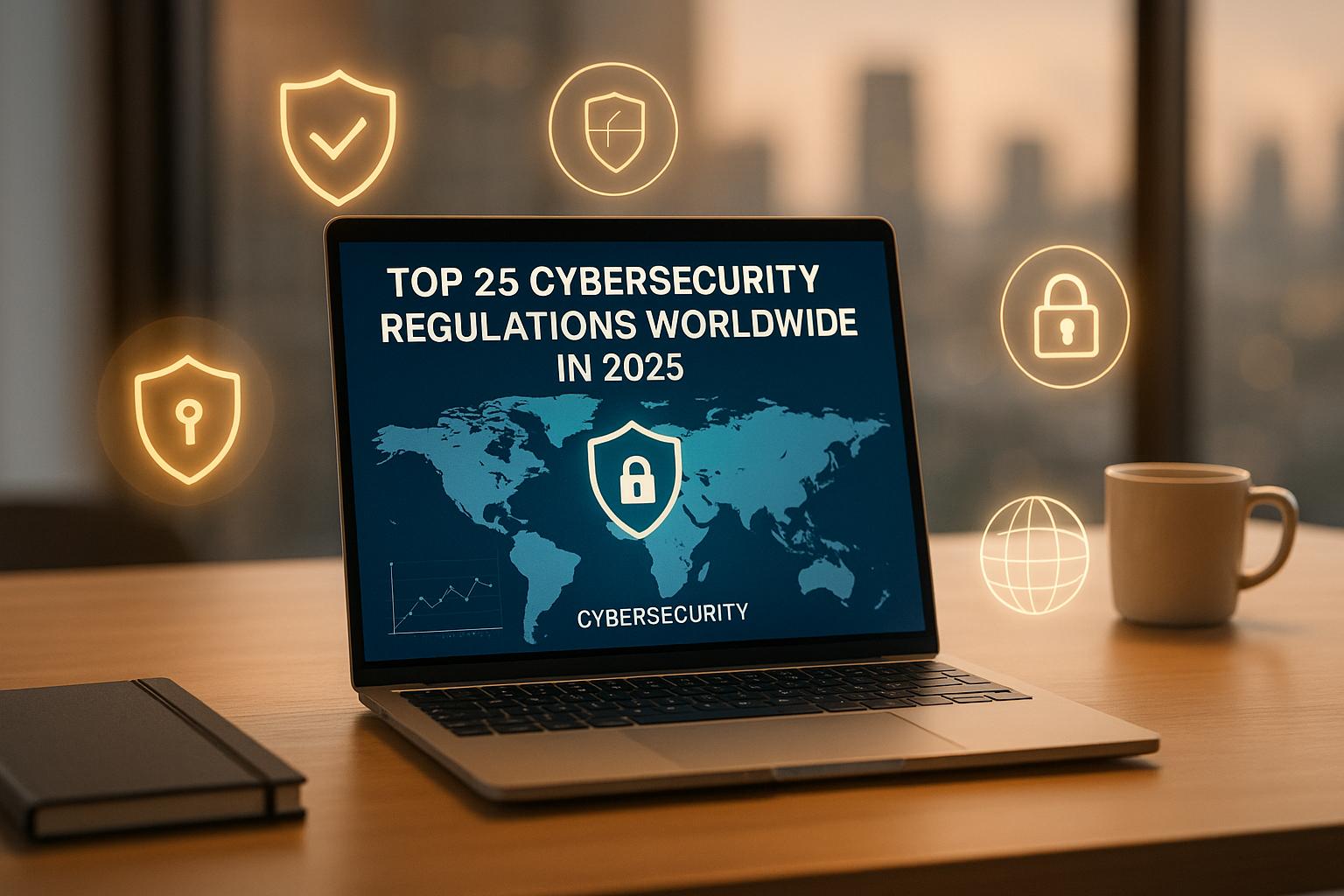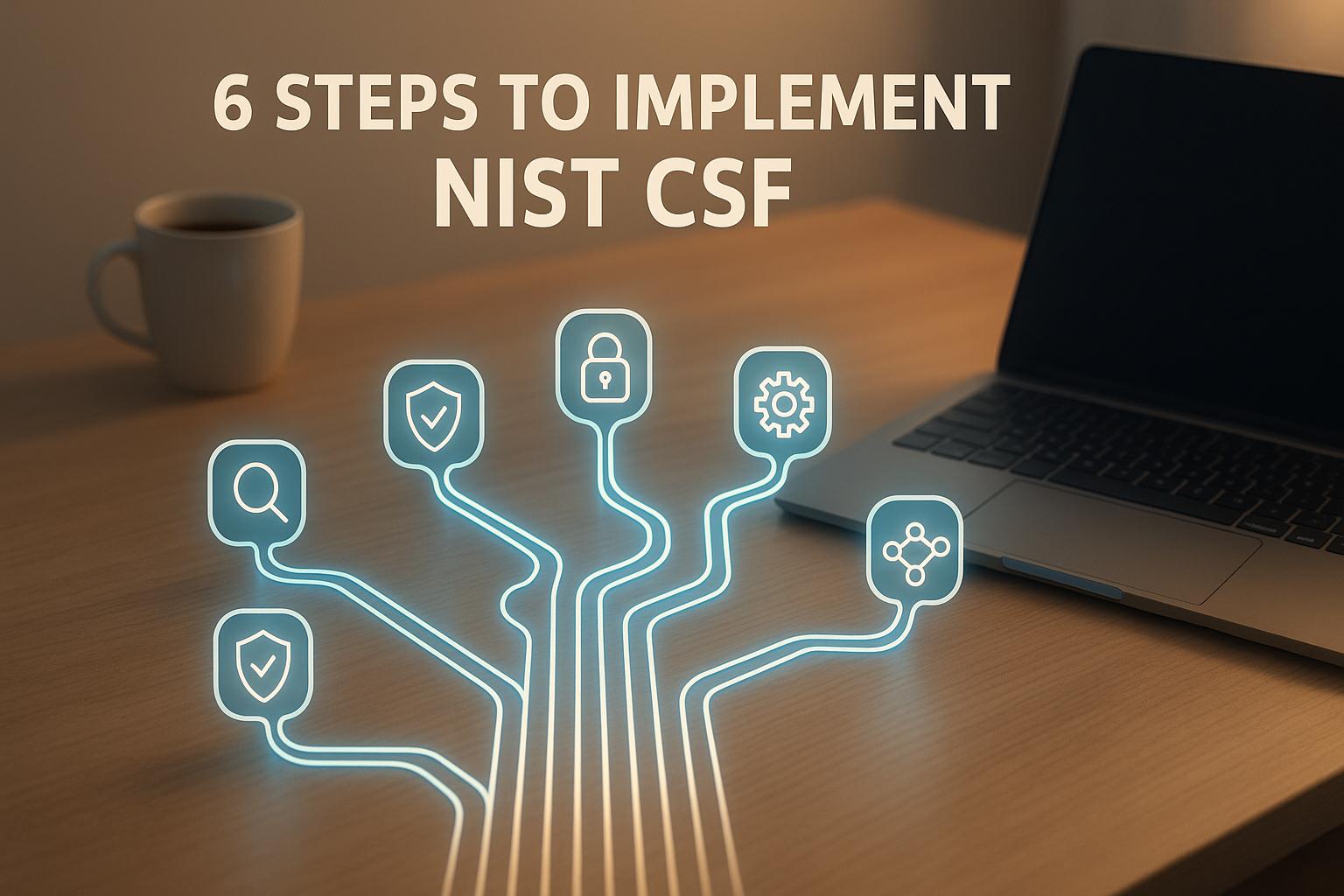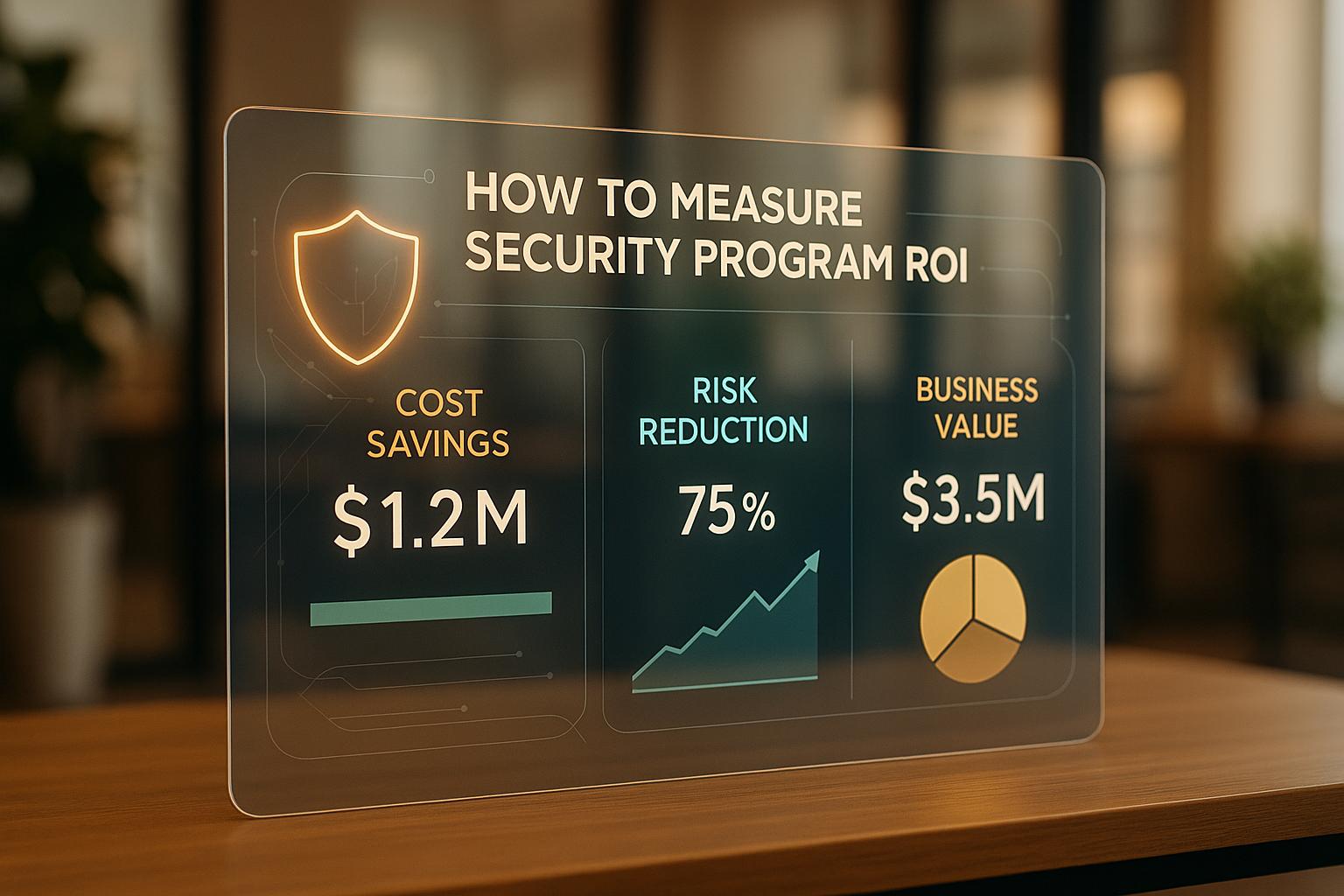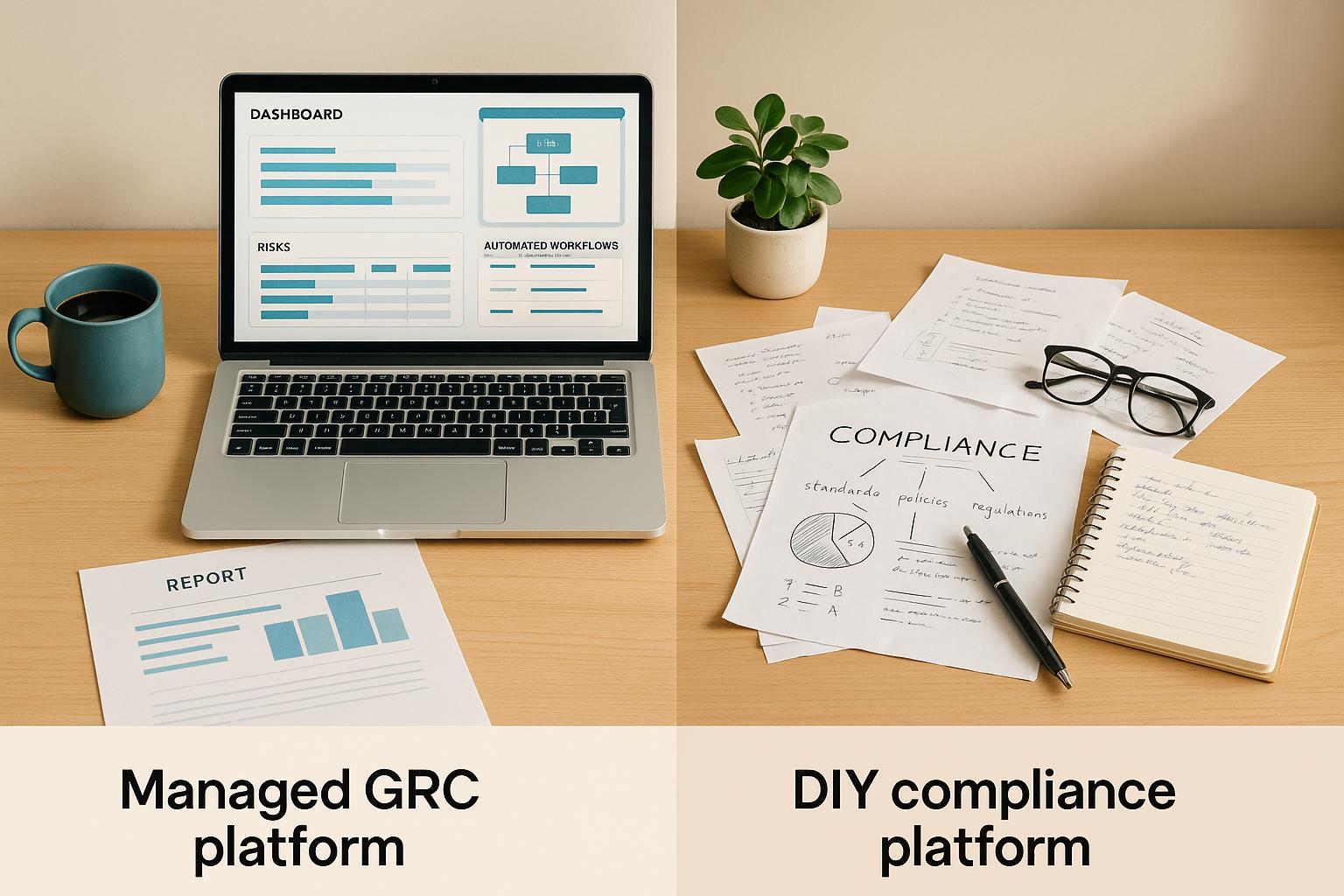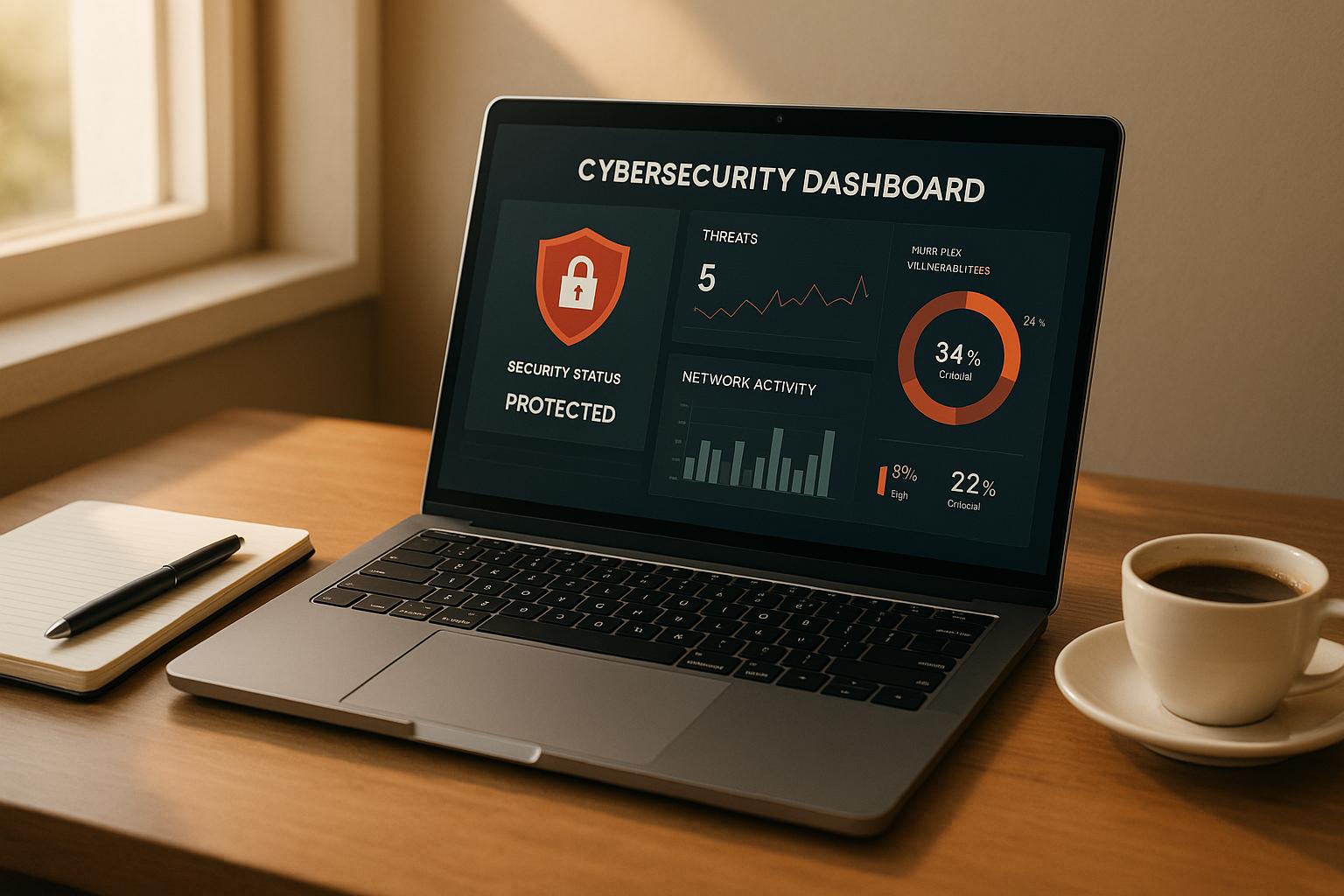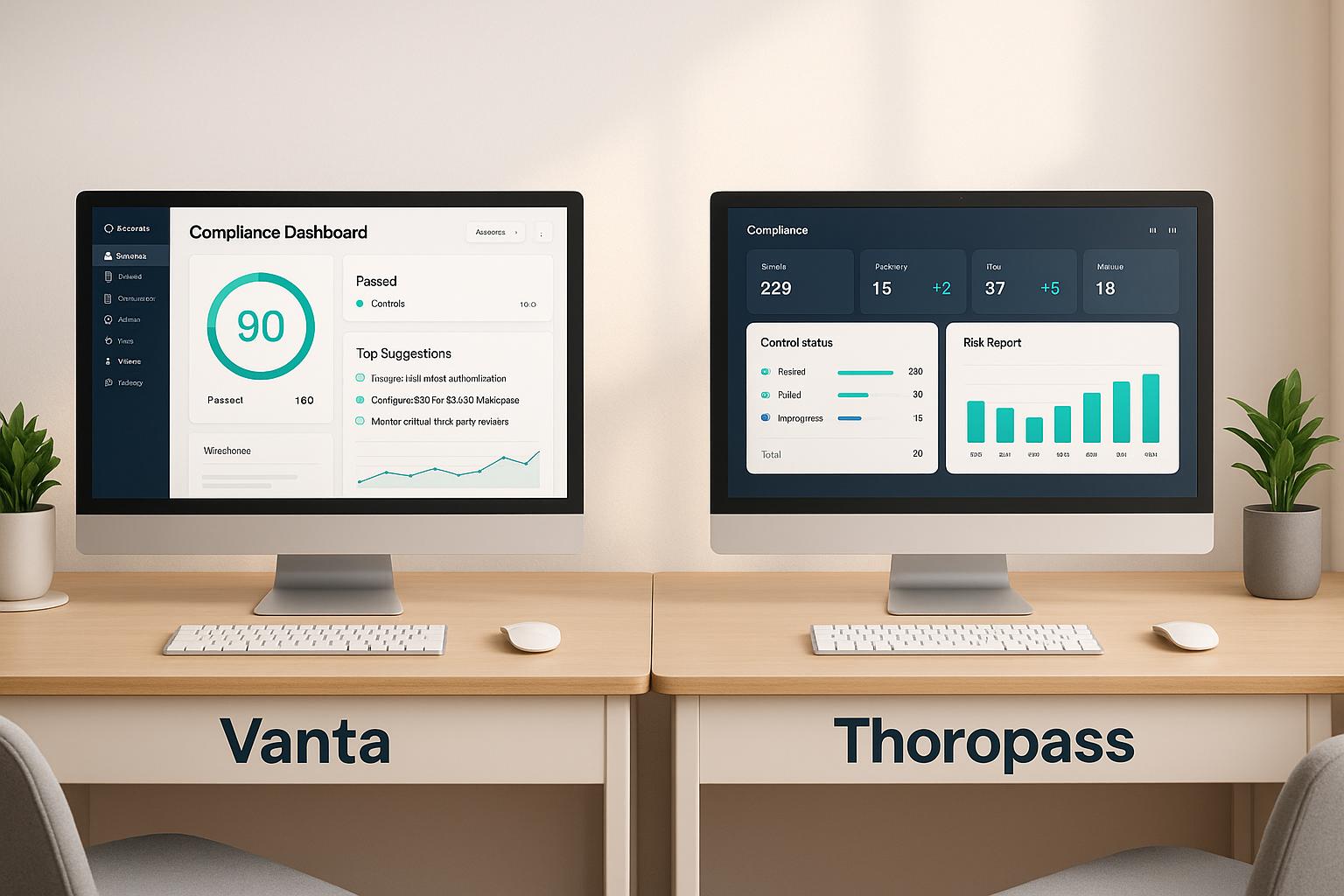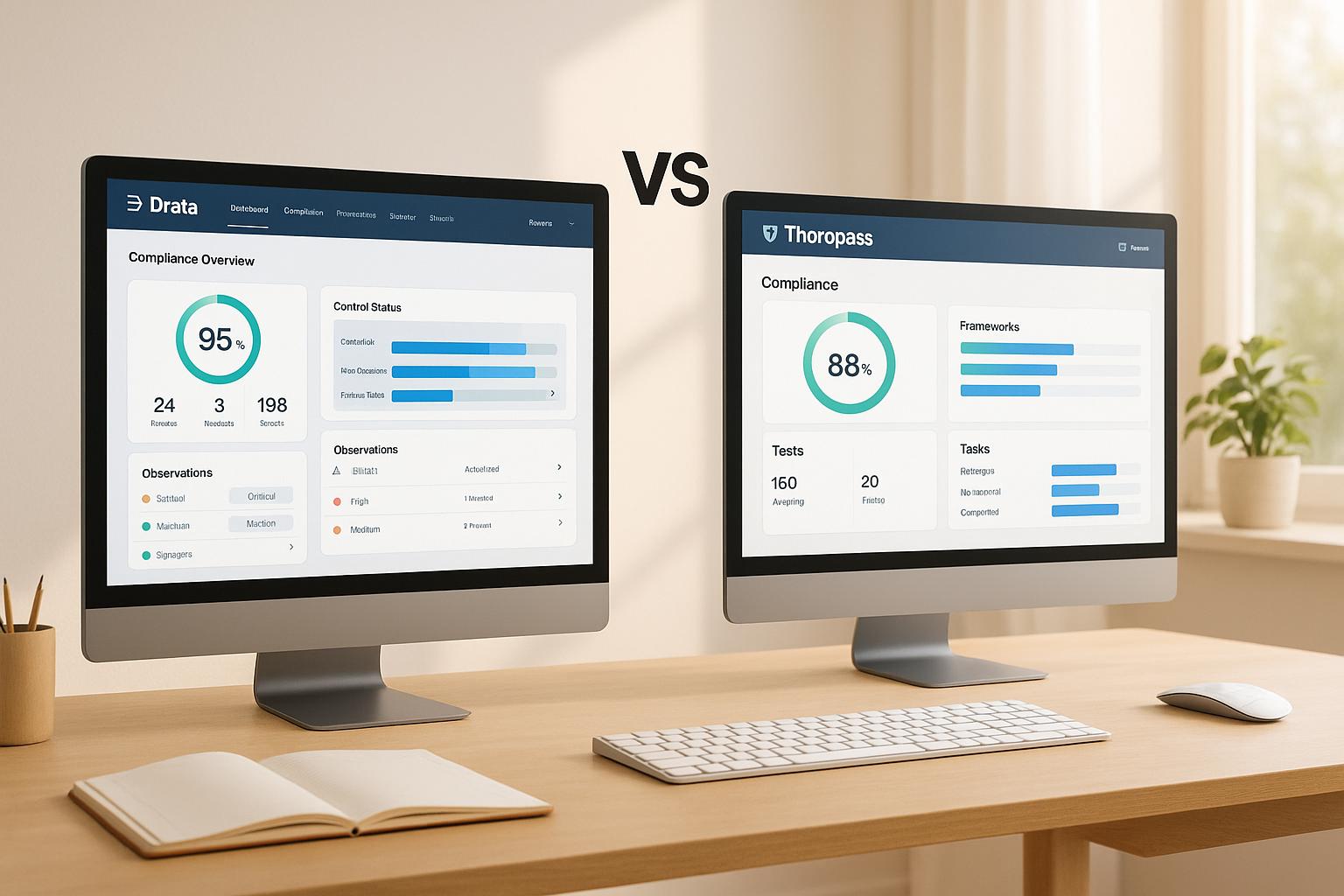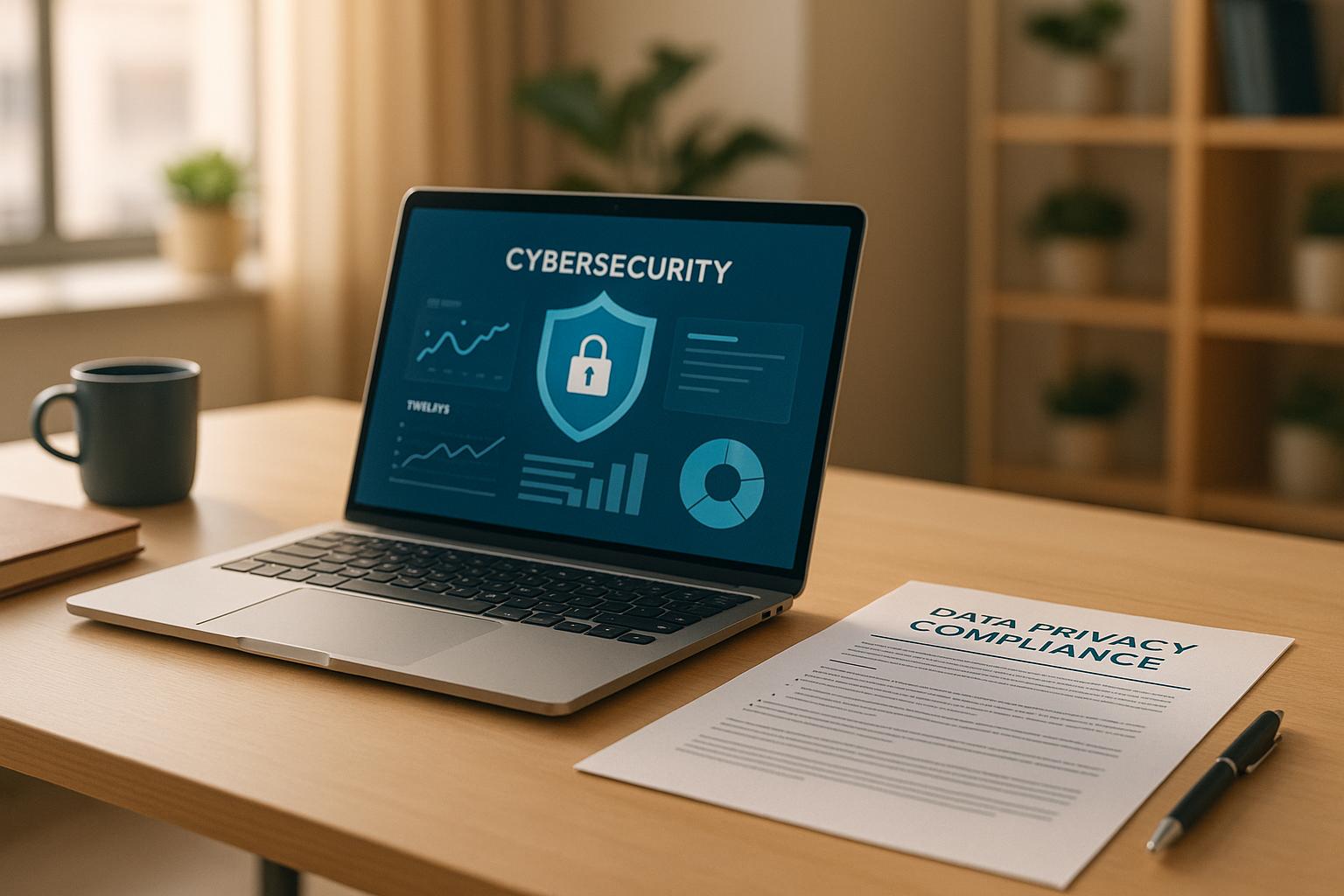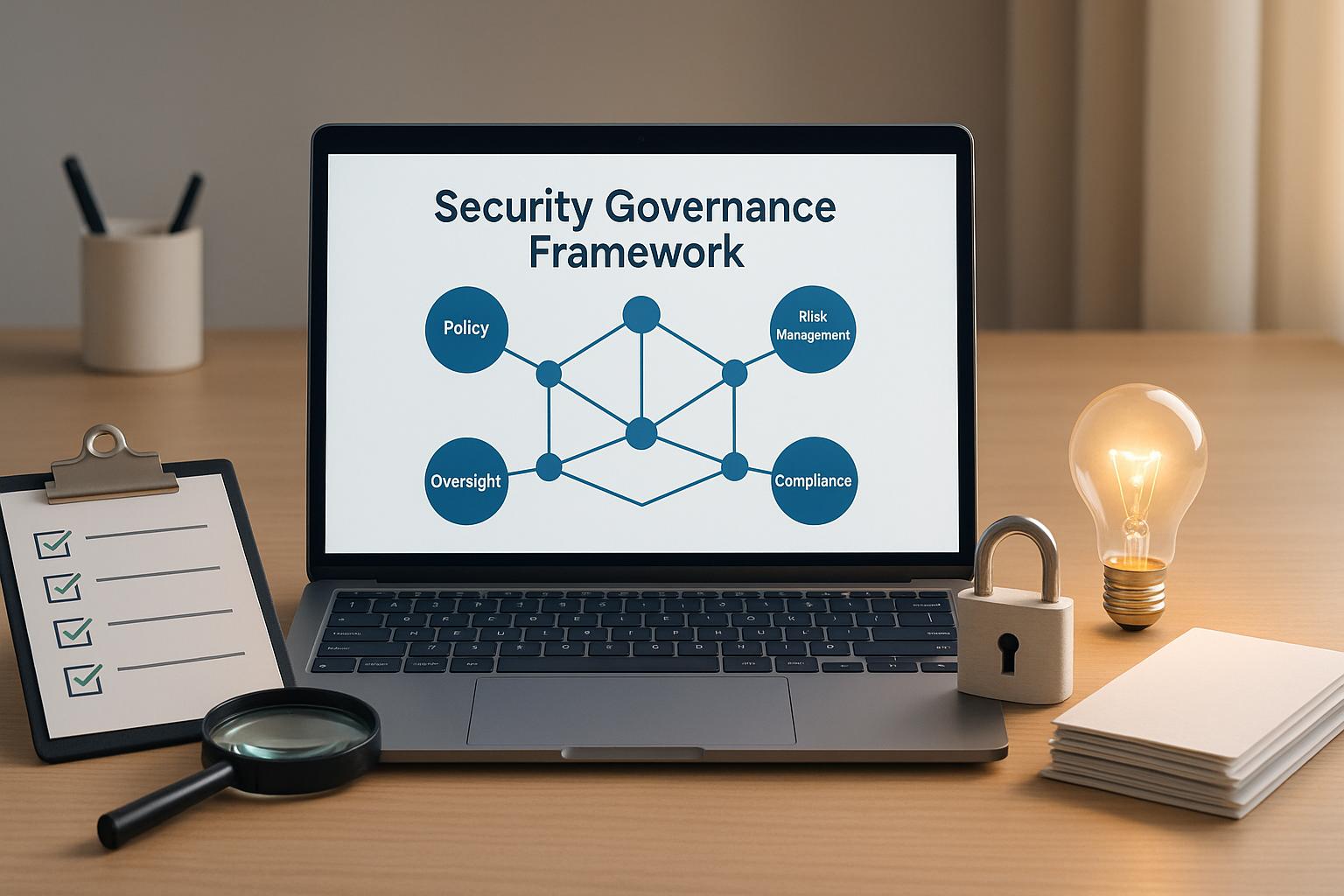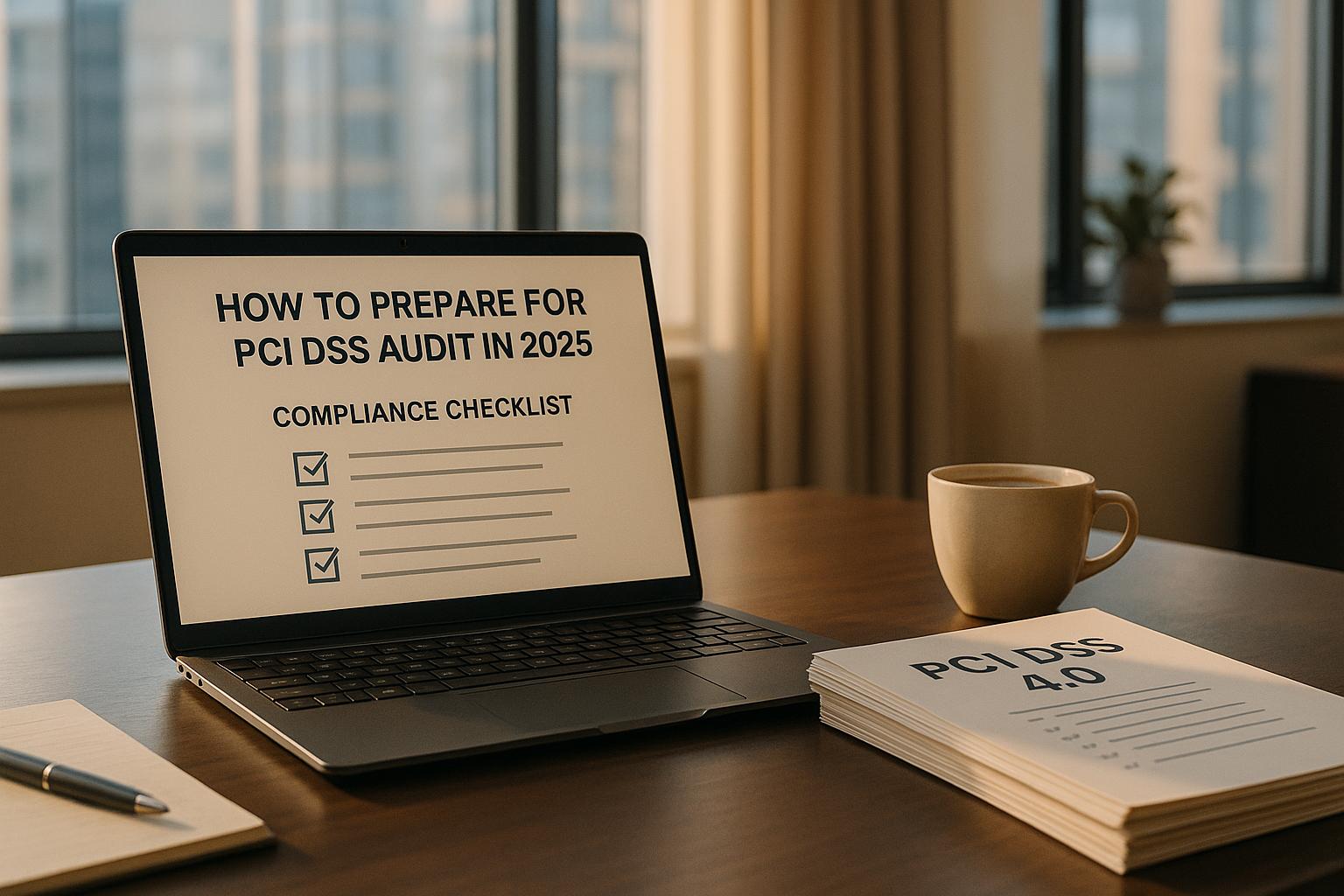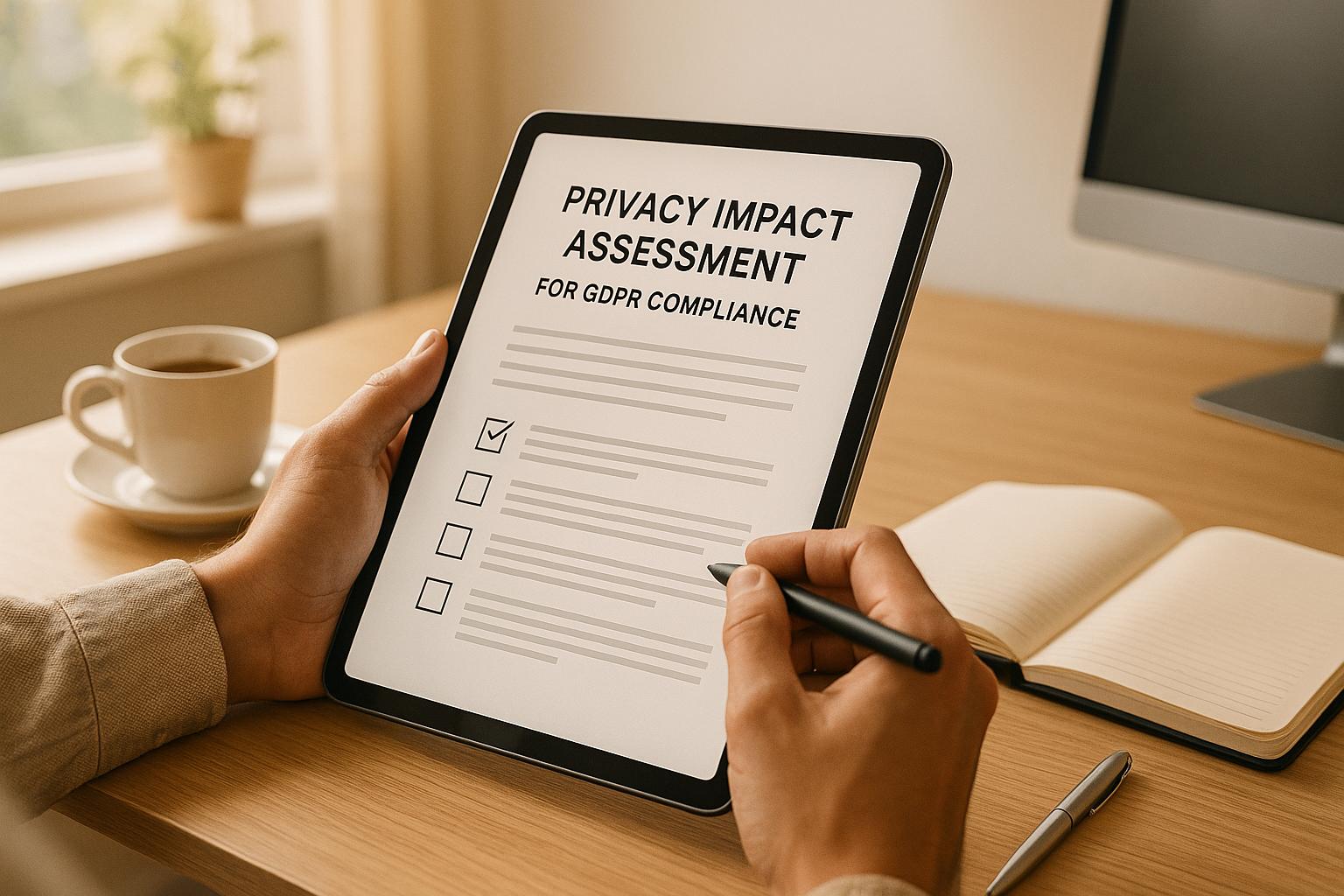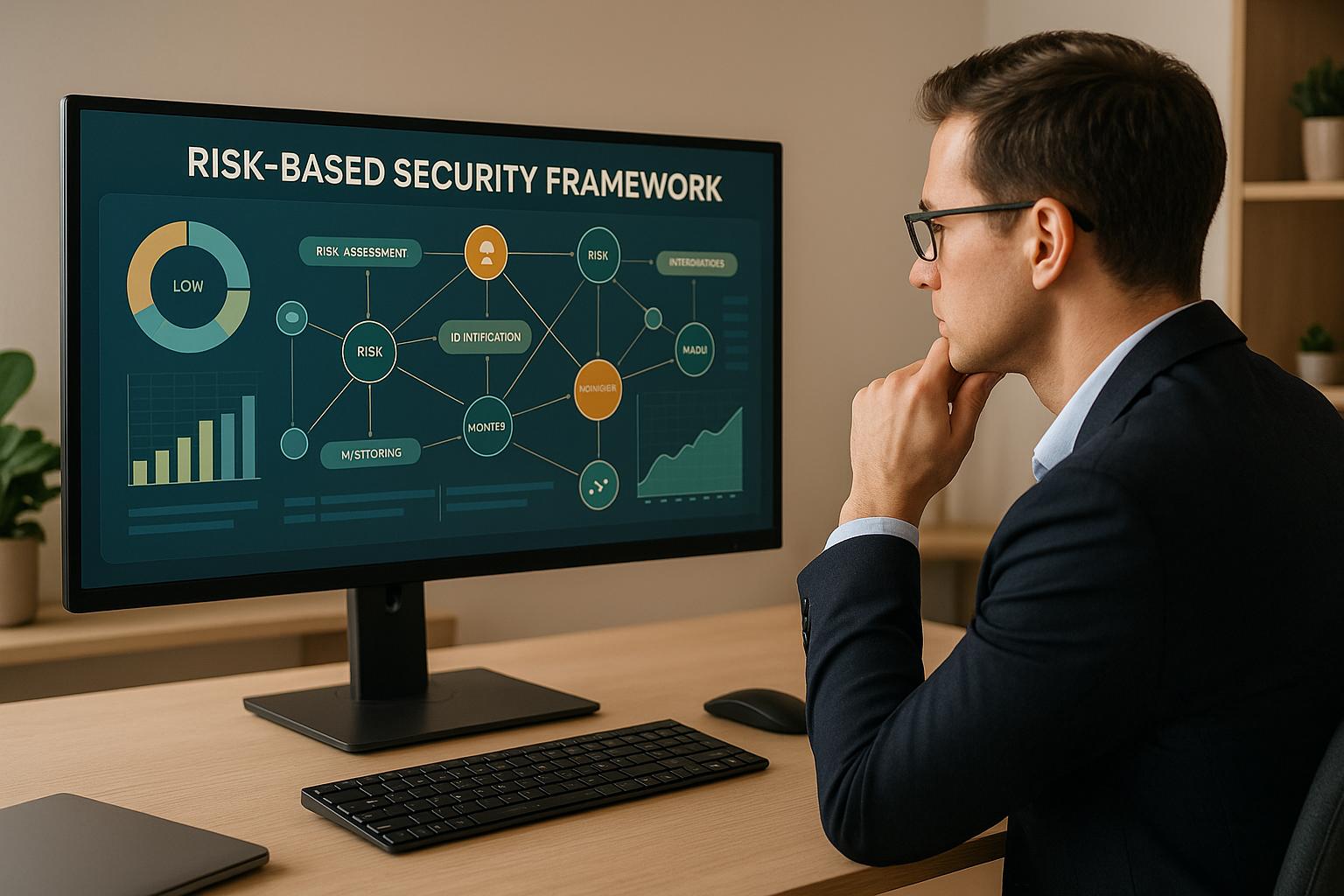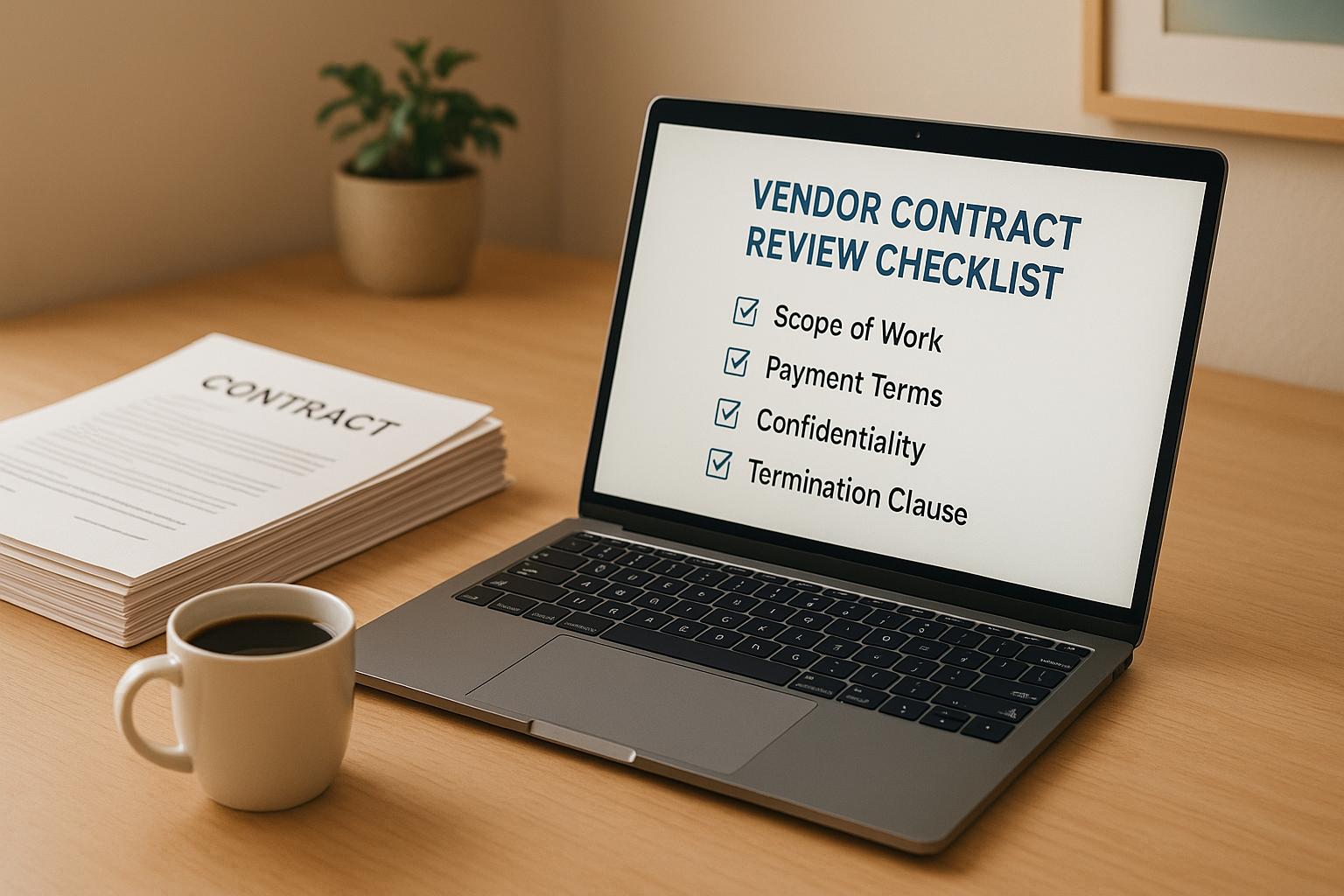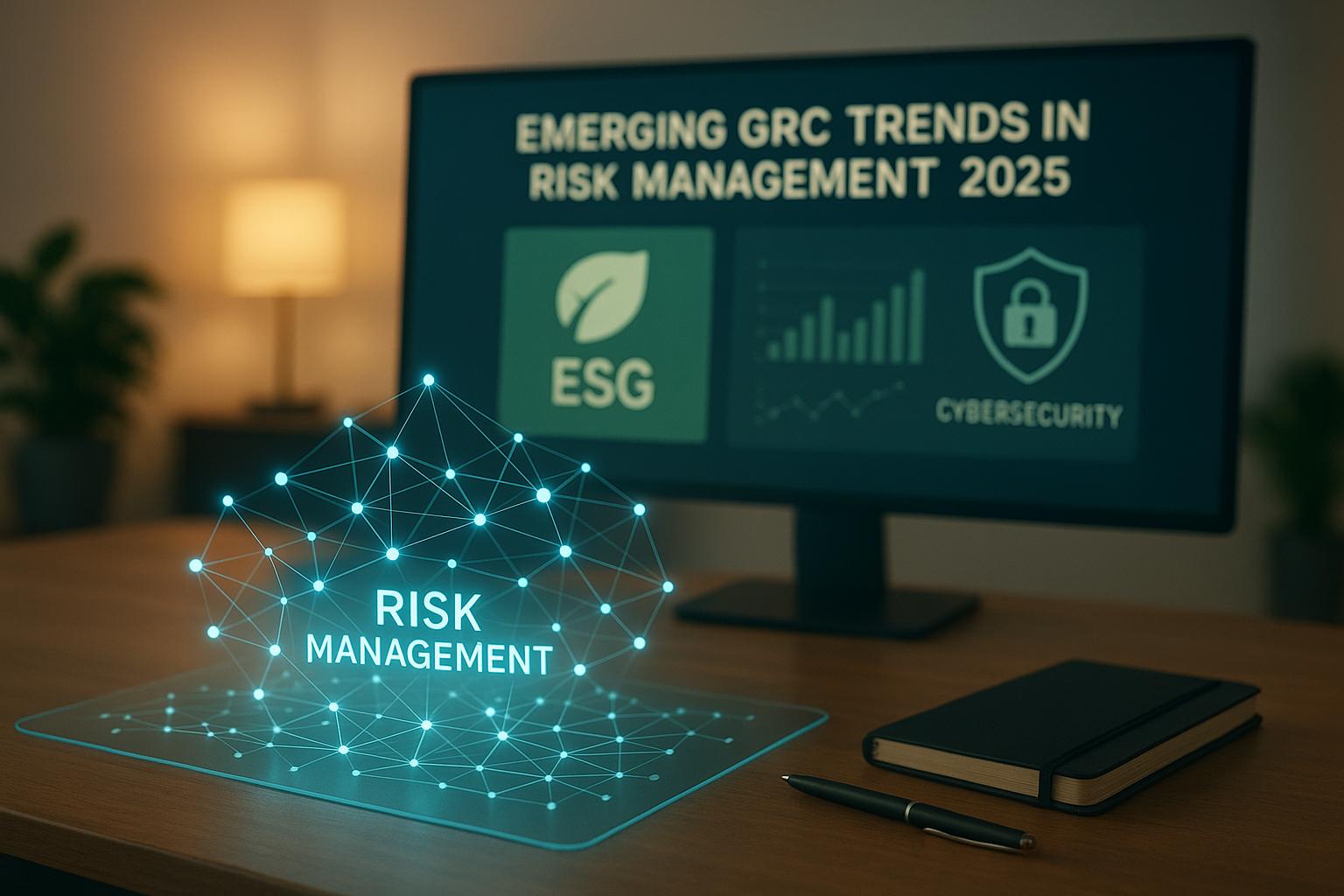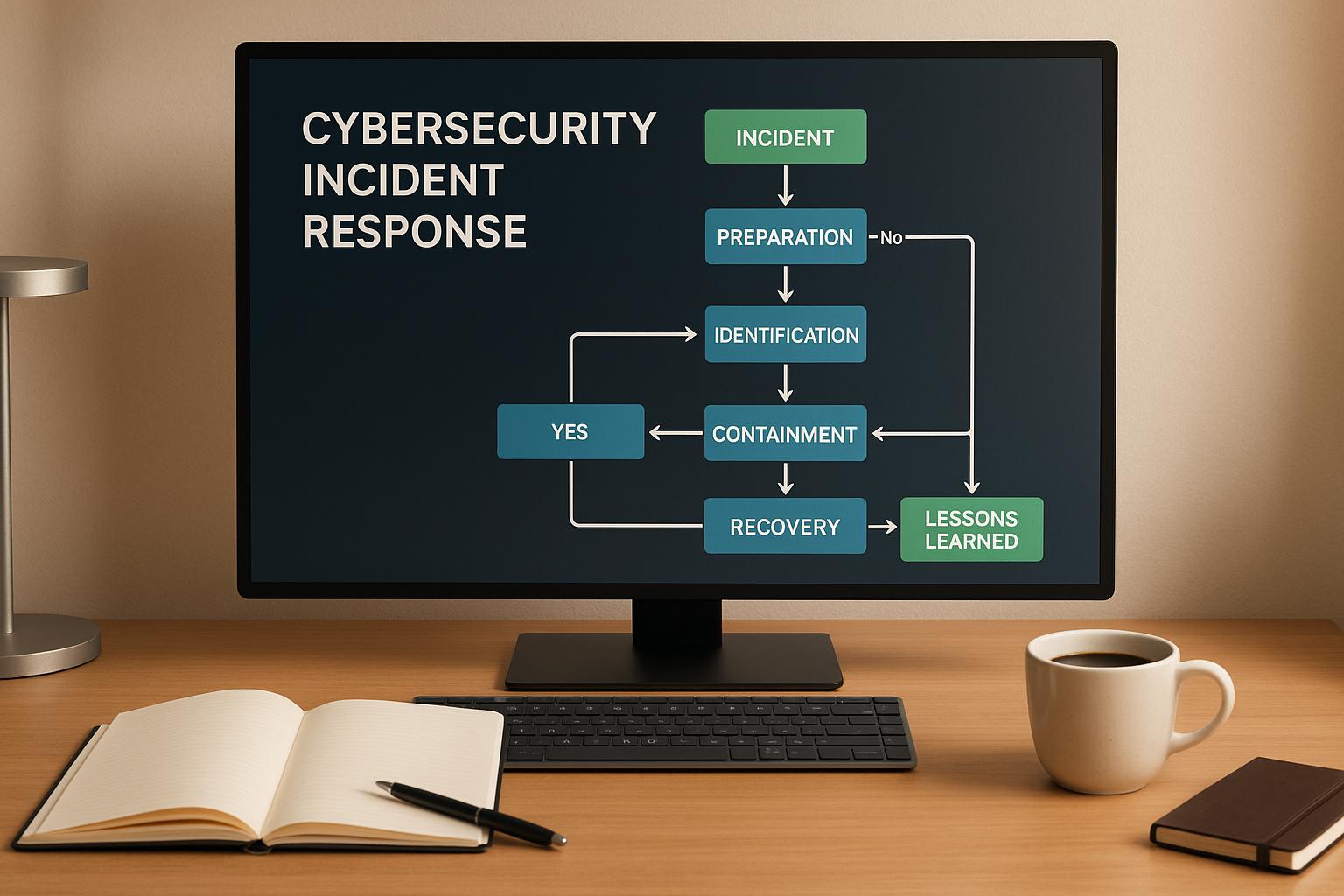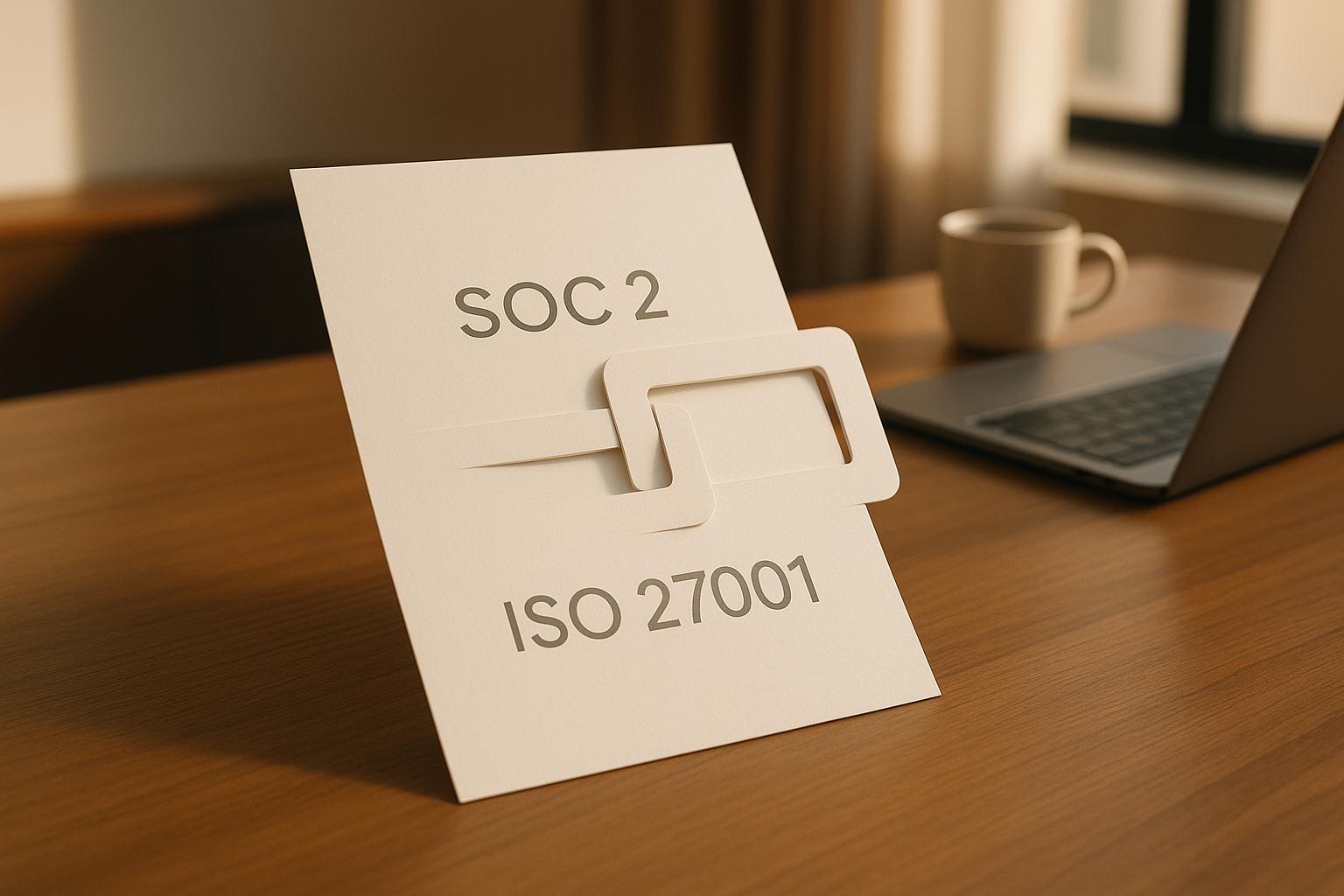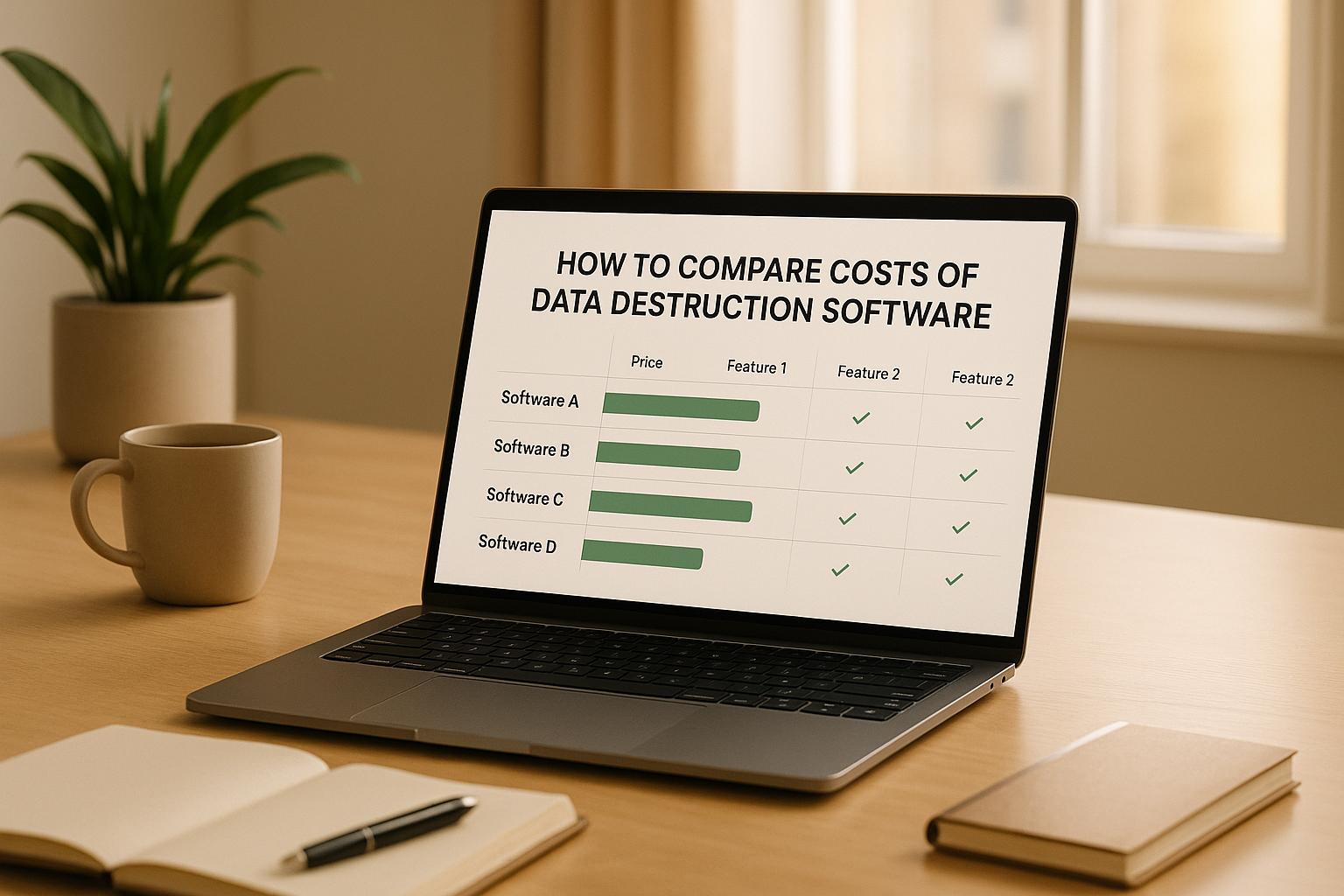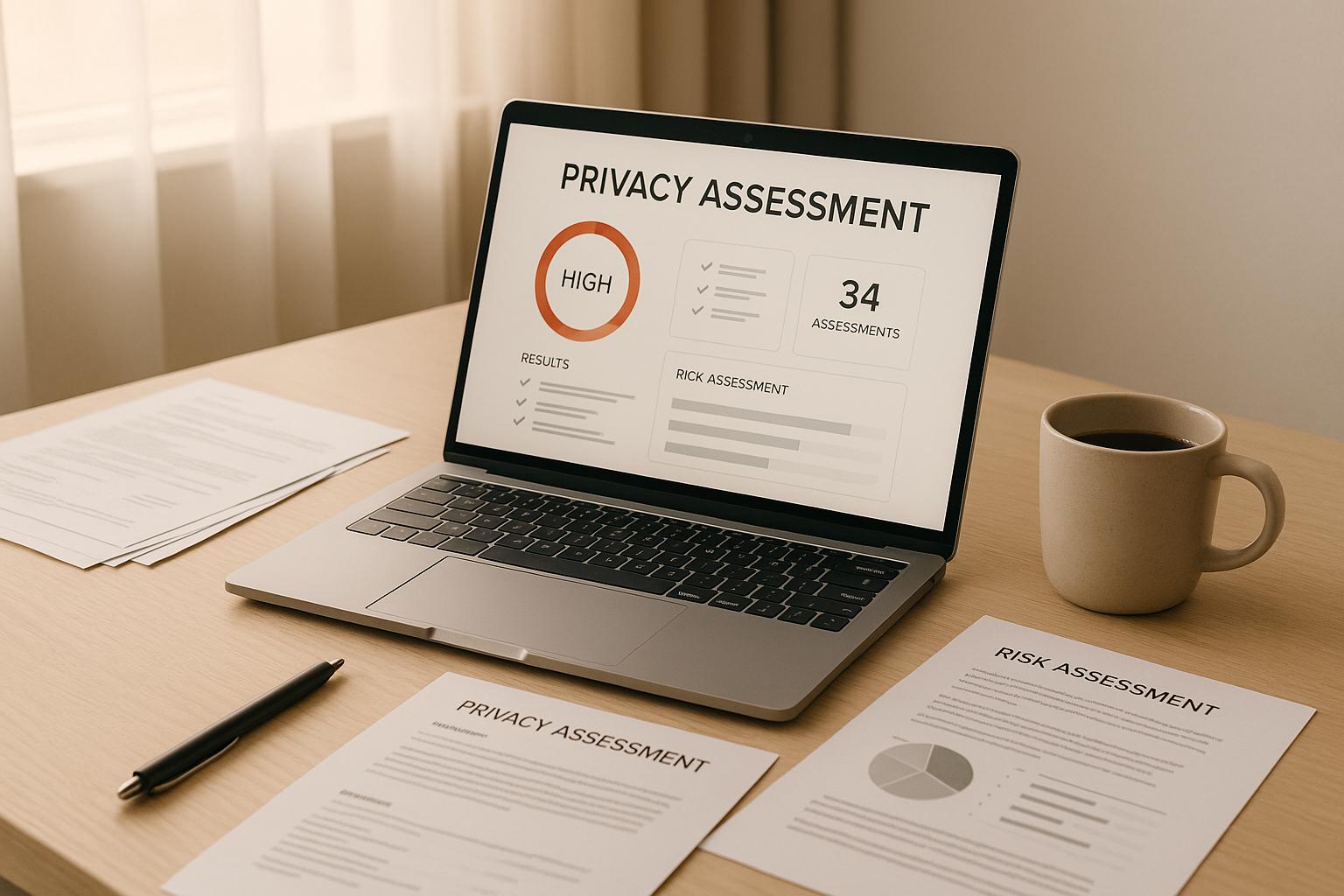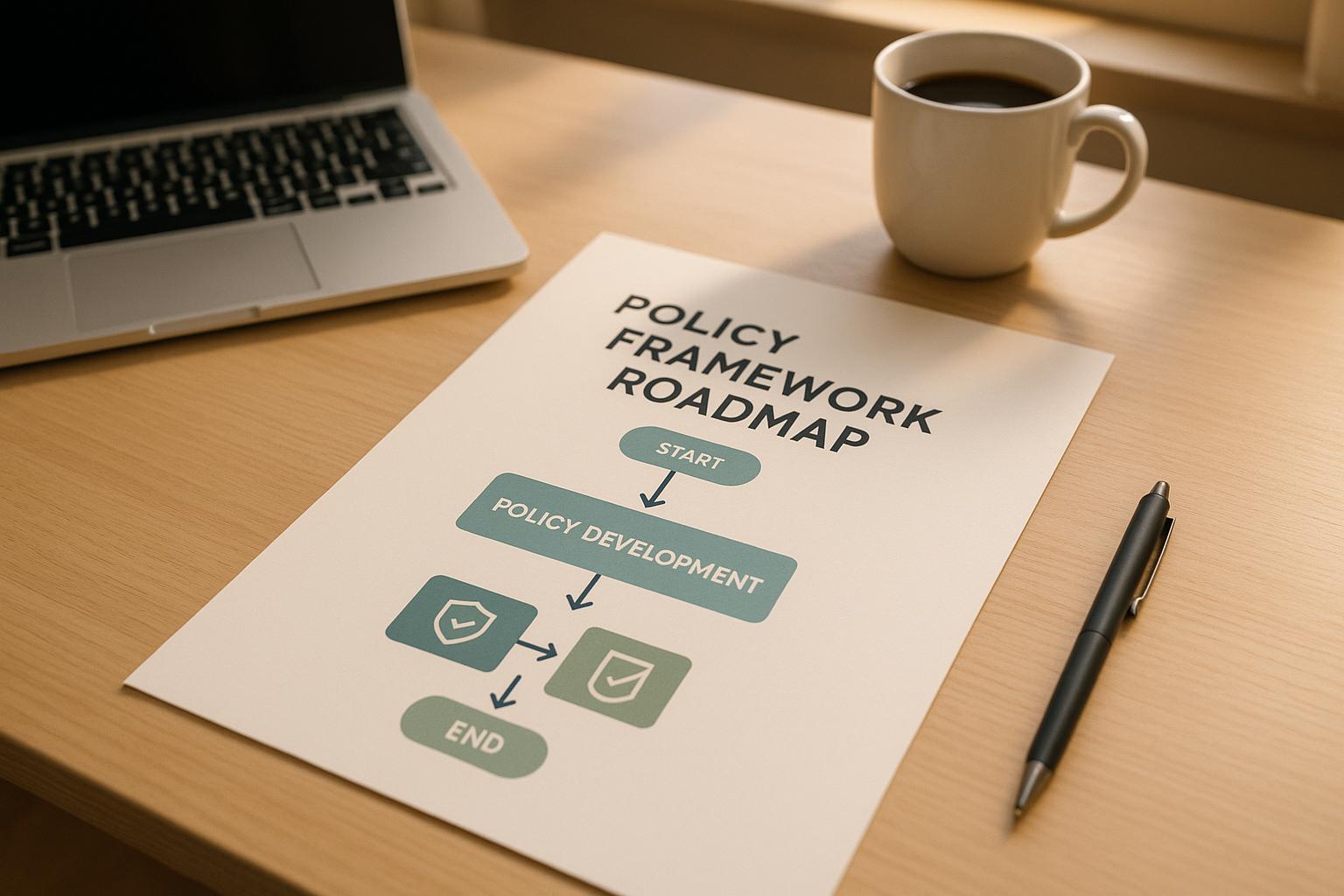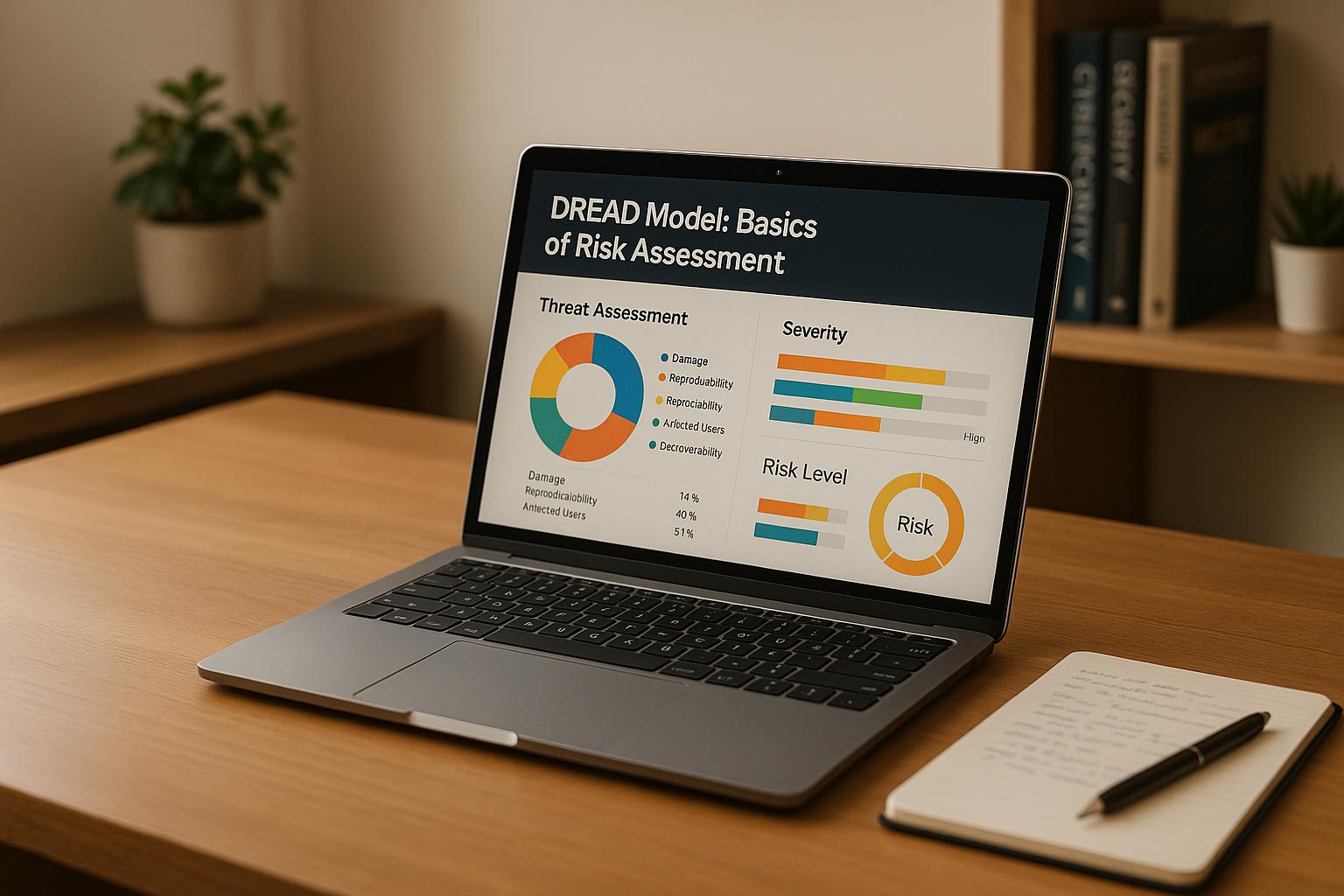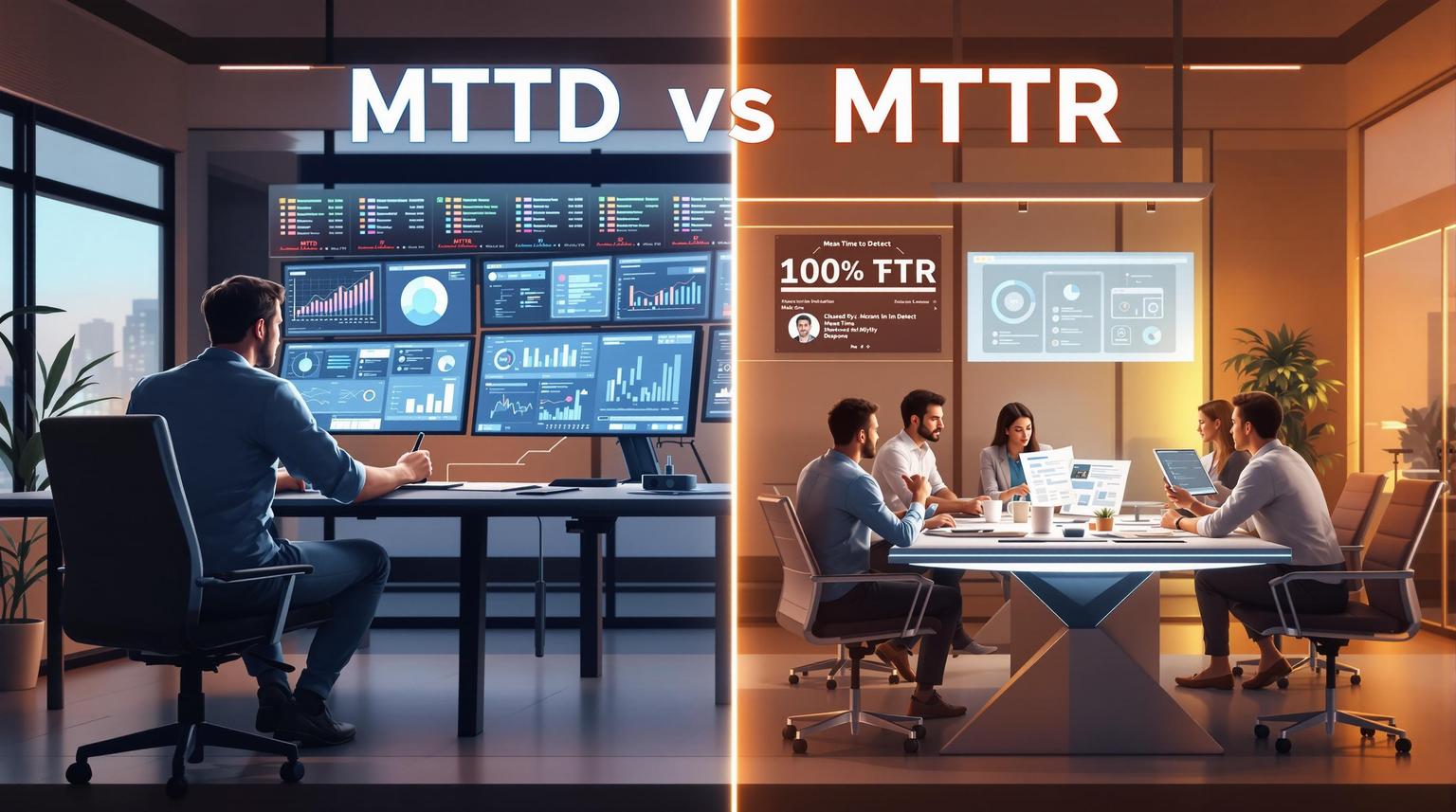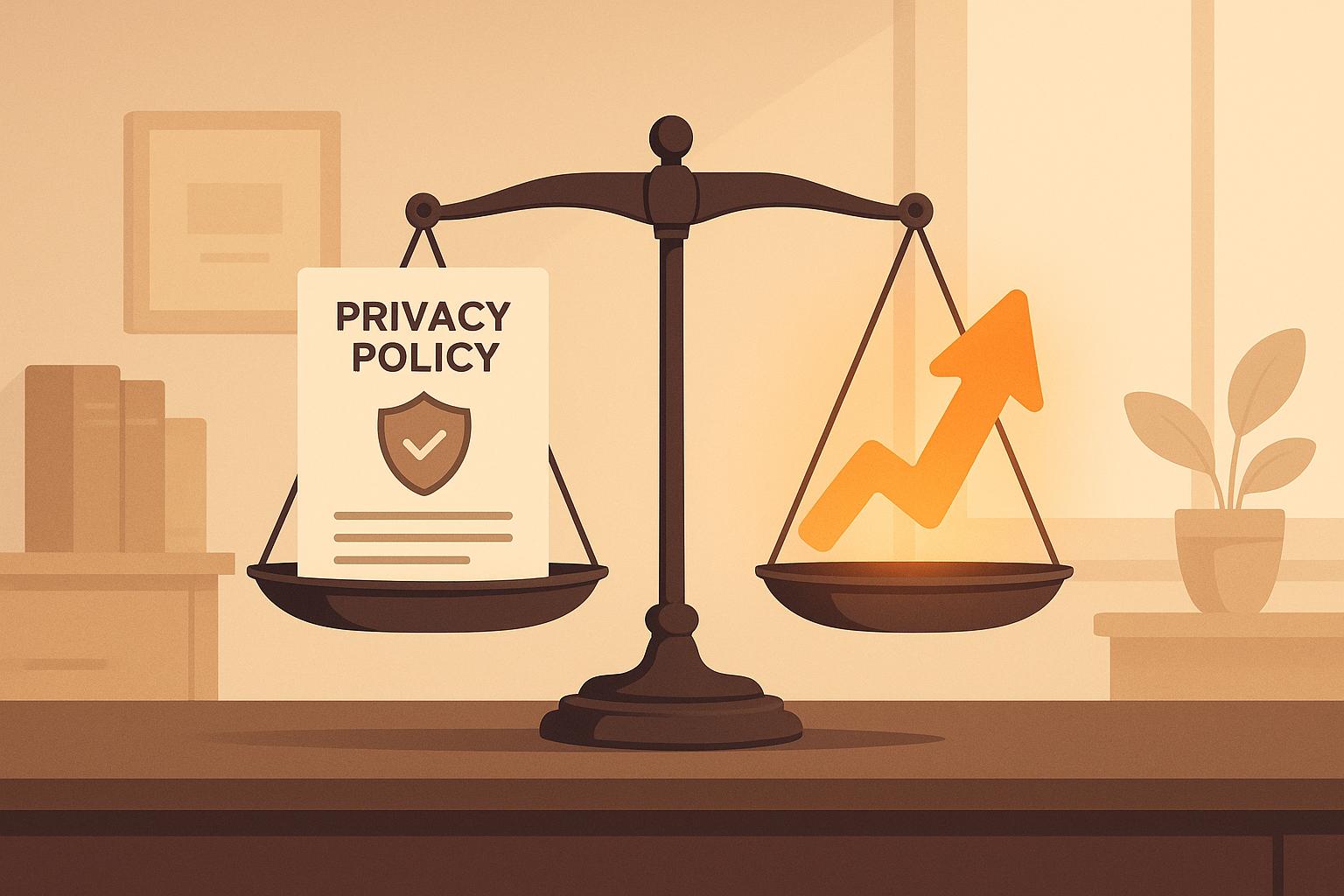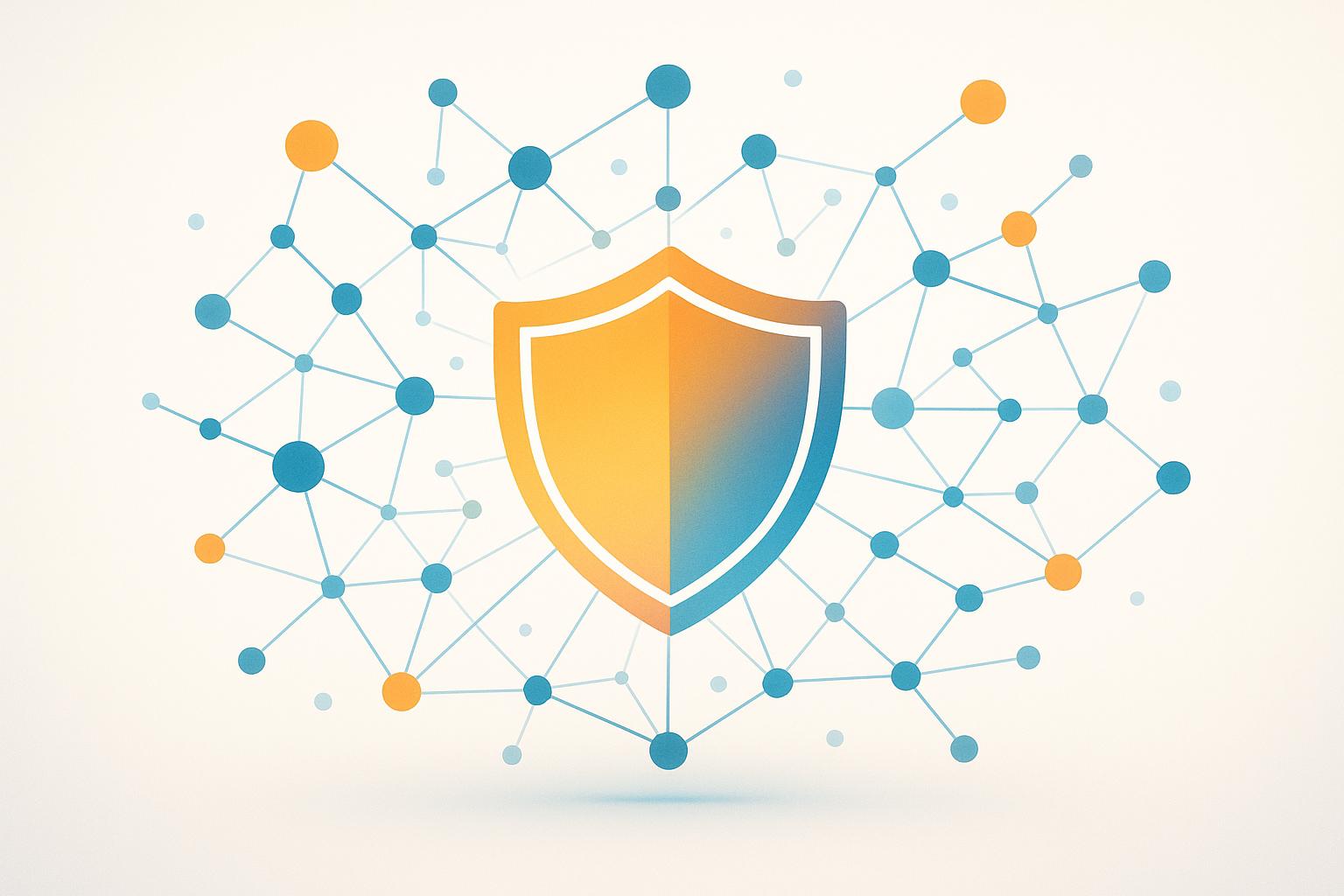
Choosing the right vCISO pricing model depends on your organization's needs, budget, and security goals. Here’s a quick breakdown:
- Hourly Pricing: Pay only for the time used, typically $200-$300/hour. Best for short-term projects or occasional consulting but can lead to unpredictable costs.
- Retainer Model: Fixed monthly fees ranging from $1,600 to $20,000. Ideal for consistent security oversight and predictable budgeting but may require long-term commitments.
- Outcome-Based: Fees tied to specific results, like passing audits or achieving compliance. Aligns costs with measurable goals but requires clear metrics and may involve complex contracts.
Quick Comparison
| Model | Cost Structure | Best For | Key Considerations |
|---|---|---|---|
| Hourly | $200-$300/hour | Short-term needs, ad-hoc projects | Flexible but unpredictable costs |
| Retainer | $1,600-$20,000/month | Ongoing security management | Predictable costs, requires commitment |
| Outcome-Based | Variable | Compliance or result-driven objectives | Pay for results, requires clear metrics |
To decide, assess your specific security needs, financial constraints, and desired level of support. Many businesses find success blending models, such as combining a retainer for steady oversight with outcome-based incentives for measurable goals.
How to Structure vCISO Offerings?
1. Hourly Pricing Model
The hourly pricing model works like a consulting service tailored to specific projects or tasks. You’re billed only for the time a vCISO spends addressing your cybersecurity needs - whether that’s conducting a security assessment, reviewing policies, or providing guidance on compliance audits. Let’s break down typical rates and the factors that can influence them.
Industry data shows that hourly rates for vCISO services generally fall between $150 and $400, depending on the professional's expertise and experience. Most vCISOs, however, charge somewhere in the $200 to $300 per hour range, based on their qualifications. Key factors that affect pricing include certifications like CISSP, CISM, or CISA, the scope of services offered, and specialization in industries such as healthcare or finance.
This model is particularly suited for organizations that need occasional, project-based support. Tasks like security policy reviews, risk assessments, or architecture evaluations are common examples. It’s especially appealing to small and medium-sized businesses with irregular cybersecurity needs, as it allows them to engage a vCISO only when necessary. This flexibility makes it a practical, cost-conscious choice.
But there are downsides. Budgeting can be tricky with hourly billing. For example, you might plan for a 10-hour security assessment, only to find that unforeseen complexities stretch it to 20 or even 30 hours - significantly driving up costs. Additionally, since this model doesn’t involve ongoing engagement, you might miss out on continuous security monitoring. A vCISO might identify vulnerabilities during a project, but without a retainer, they won’t be around to address new threats as they arise.
2. Retainer Pricing Model
The retainer pricing model is built around a fixed monthly or annual fee, offering businesses continuous access to vCISO services. Instead of paying for individual tasks as they arise, companies secure ongoing cybersecurity leadership through this predictable pricing structure.
Monthly fees typically range from $1,600 to $20,000, depending on the level of service offered. For instance, Rhymetec's Mentor Tier starts at $2,500 per month, covering essential advisory services. On the higher end, their Executive Tier provides full-time vCISO-level services, including advanced features like penetration testing and vendor risk management.
This model is particularly beneficial for small to medium-sized businesses. It provides consistent cybersecurity oversight without the need to hire a full-time CISO, making it a practical choice for companies with ongoing compliance requirements or complex security needs.
One standout advantage of this approach is the ease of budgeting. The fixed cost helps organizations plan financially while ensuring their vCISO stays engaged with their evolving security environment. Unlike hourly models, which can fluctuate in cost, retainers offer stability. As Harry Karamitopoulos from Modicum explains:
"You can rely on a single individual, or you can have the benefit of a whole team of deep expertise and process knowledge. It's a small investment when you're considering in-house resources versus an entire team available on call at a fractional need – the ROI is really compelling."
Another benefit is the deeper relationship that develops between the client and the vCISO. Over time, the vCISO gains a thorough understanding of the company’s operations, compliance needs, and risk profile. This familiarity allows them to offer strategic guidance and proactively address potential issues. Rolland Miller, Vice President of Security and Compliance at Orum, highlights this advantage:
"It kind of is like my 'security blanket.' I am a team of one for security and I need support. Having the Rhymetec team to lean on, help me consider options, weigh the pros and cons for different assets around security, and have someone else to bounce ideas off of has been helpful. Also, helping me stay on track and act as a copilot to help manage and navigate those decisions are all things that are essential to me. Without it, I would have to go out and hire more people, and the vCISO essentially cuts out the workforce I would need to hire full-time."
However, the retainer model isn’t without its challenges. One key risk is unclear service scopes. If the scope of work isn’t explicitly defined, businesses might assume their monthly fee covers comprehensive security management, only to find that certain services - like incident response or compliance audits - incur additional charges. Clear communication about what’s included is essential to avoid misunderstandings.
Another consideration is the long-term commitment. Unlike hourly models, retainers often require extended contracts. If a company’s needs change or budgets tighten, they might find themselves paying for services they no longer require.
Still, the retainer model has proven its value. For example, a manufacturing client of Right Hand Technology Group moved from failing vendor security reviews to successfully passing CMMC assessments within just six months under a retainer agreement.
sbb-itb-ec1727d
3. Outcome-Based Pricing Model
The outcome-based pricing model links vCISO fees to measurable goals, such as compliance achievements, reduced security incidents, or successful regulatory audits. This approach requires defining clear metrics upfront to ensure that compensation is tied directly to tangible results. For example, a vCISO might be compensated based on obtaining industry certifications or successfully passing security audits. This structure naturally fosters a results-driven partnership.
A practical example of this model in action is Intercom's AI chatbot, Fin, which charges $0.99 per successful resolution. Clients only pay for outcomes that meet their expectations, simplifying budget planning and ensuring transparency in costs.
One of the biggest benefits of this model is how it aligns the interests of both the provider and the client. When a vCISO’s compensation depends on meeting specific security goals, their success directly reflects the organization’s improved cybersecurity posture. This creates a collaborative relationship focused on shared objectives. Additionally, the model reduces upfront costs, making it easier for organizations hesitant to invest in security without seeing proven results.
"Outcome Based Pricing is a crucial concept that helps businesses in various industries streamline pricing strategies based on achieving specific outcomes. It ensures fair value exchange, improves customer satisfaction, and aligns pricing with actual results and performance."
– Superworks
However, this pricing model isn’t without its challenges. Defining clear, measurable outcomes can be tricky, especially since cybersecurity success is often judged by what doesn’t happen - like avoiding breaches or incidents. Tracking progress in real time requires effective communication and tools, which can add complexity. While clients face minimal financial risk by paying only for results, vCISOs carry a heavier burden. If the agreed outcomes aren’t met, they may not be compensated, potentially discouraging some providers from adopting this model.
"Outcome or results based pricing has become a hot topic again. Many see it as the ultimate form of pricing, and of value based pricing, as it directly ties the amount paid to the outcome."
– Steven Forth, Managing Partner at Ibbaka
To address these challenges, hybrid models offer a middle ground. These combine a base fee with performance-based incentives, providing stability for providers while still rewarding specific achievements. For instance, a company might pay a retainer alongside additional fees tied to meeting compliance milestones.
When considering this model, organizations need to evaluate their tolerance for risk, the clarity of their goals, and their ability to define measurable metrics. Outcome-based pricing works particularly well for compliance-focused objectives, such as earning certifications or passing audits, where success is easier to quantify.
Model Comparison Summary
Selecting the right vCISO pricing model depends on your organization's needs, budget, and security goals. Below is a comparison of the three main models, highlighting their key differences to help you make an informed decision.
| Model | Cost Structure | Typical Range (USD) | Best Use Cases | Key Benefits | Main Drawbacks |
|---|---|---|---|---|---|
| Hourly | Pay per hour worked | $200-$500/hour | Short-term projects, ad-hoc consulting, specific tasks | Flexible, pay only for actual use, easy to scale | Unpredictable costs, higher rates for ongoing needs, less accountability |
| Retainer | Fixed monthly fee | $1,600-$20,000/month | Ongoing oversight, compliance management, incident response readiness | Predictable budgeting, priority access, continuous relationship | May pay for unused hours, less flexible for fluctuating needs |
| Outcome-Based | Pay for specific results | Variable | Compliance certifications, measurable security improvements, defined deliverables | Aligned incentives, pay for results only, reduced performance risk | Complex contracts, difficult to define metrics, scope creep potential |
This table outlines the primary distinctions, which are explored further below.
Cost Predictability
Each model offers varying levels of budget control. Retainer agreements provide the most predictability with fixed monthly costs, making them ideal for organizations that value consistent budgeting. For instance, a company paying a set fee each month can better plan their expenses. On the other hand, hourly models are the least predictable. While a startup might spend just $2,000 for 10 hours of policy review during a product launch, costs can quickly escalate during emergencies or when additional expertise is required. This variability makes long-term financial planning more challenging.
Emergency Response Times
Response times during critical incidents also vary. Retainer agreements often include priority support without additional charges, ensuring quicker assistance during breaches or other security events. In contrast, hourly arrangements may result in delays and higher emergency rates, as immediate availability is not guaranteed.
Risk Distribution
Risk allocation differs significantly between models. In hourly and retainer setups, clients assume the financial risk regardless of the outcomes. However, outcome-based pricing shifts this risk to the vCISO. For example, a fintech company pursuing SOC 2 certification only paid their vCISO after achieving the certification. While this incentivizes results, it may also deter some providers from taking on these contracts due to the inherent risks.
Suitability Based on Company Size and Maturity
The size and maturity of an organization heavily influence which model works best. Startups and smaller businesses often lean toward hourly models for their flexibility and minimal upfront investment. Mid-sized companies with established security programs tend to prefer retainers for consistent oversight and support. Meanwhile, larger organizations with mature security practices and clear objectives are well-suited for outcome-based pricing.
Hybrid Approaches and Industry Trends
Many organizations are exploring hybrid models to balance stability with performance incentives. These arrangements often include a base retainer for ongoing services, combined with outcome-based fees tied to specific achievements, such as compliance milestones or measurable security improvements. This approach offers predictability for the vCISO while rewarding exceptional results.
Current trends indicate increasing interest in outcome-based pricing as companies seek greater accountability and a clearer link between spending and security outcomes. However, retainer models remain the most widely adopted due to their reliability and comprehensive support. Hourly models continue to serve smaller organizations with limited, well-defined needs.
Conclusion
Choosing the right vCISO pricing model starts with understanding your specific needs, budget, and security objectives, then matching them to the strengths of each approach.
Here’s a quick breakdown of the options: Hourly pricing is ideal for businesses with occasional or project-based needs. It’s especially useful for startups or small companies that need expert input during product launches, security incidents, or policy reviews without committing to ongoing services. Retainer agreements provide steady budgeting and consistent access to cybersecurity expertise, making them a great fit for mid-sized organizations that require ongoing compliance management, incident response readiness, or strategic security guidance. Outcome-based pricing works well for businesses with clear goals, like earning compliance certifications or achieving specific security milestones, as it ties costs directly to measurable results.
"Whether or not you need a full-time CISO, you'll always require the expertise of a CISO as long as any part of your operations are digitized." – Tab Bradshaw, Chief Operating Officer, Redpoint Cybersecurity
To make the best choice, start by defining your requirements and budget. Consider factors like your industry’s compliance demands, the current state of your security framework, and whether you need continuous support or help with specific projects. Many organizations have found success by blending models - for example, combining a retainer for ongoing needs with outcome-based incentives for achieving specific goals. This flexibility allows you to tailor your approach to your unique circumstances.
As cybersecurity challenges grow more complex, your pricing model should not only address today’s needs but also support your future growth. Take the time to explore providers, outline your objectives clearly, and negotiate terms that strike the right balance between cost predictability, adaptability, and accountability.
FAQs
What’s the best way for a company to choose the right vCISO pricing model based on its security needs and budget?
To select the right vCISO pricing model, start by assessing your company’s security objectives, specific needs, and financial resources. If you require occasional advice or expertise, an hourly model could be a practical choice. For ongoing, consistent support, a retainer model offers steady costs and reliable access to expertise. On the other hand, if your goal is tied to specific results, like achieving compliance or completing a particular project, an outcome-based model might be the way to go.
Take into account the complexity of your cybersecurity needs, how often you’ll need assistance, and your budget flexibility. Matching these factors with the strengths of each pricing model will help you make a decision that aligns with your organization's security goals and financial considerations.
What challenges and risks should both clients and vCISOs consider with outcome-based pricing?
Outcome-based pricing comes with its own set of hurdles for both clients and vCISOs. For clients, one major concern is the risk of unclear expectations or unpredictable costs, especially when outcomes aren’t clearly outlined from the start. Meanwhile, vCISOs often grapple with scope creep or the challenge of demonstrating their value when deliverables depend on goals that may shift or are subjective.
Another potential pitfall for both sides is the risk of misaligned incentives. Without mutually agreed-upon success metrics, disagreements can arise about whether objectives were actually achieved. To avoid these complications, it’s essential to define clear, measurable outcomes and ensure open, ongoing communication throughout the partnership.
Can combining different vCISO pricing models create a more flexible and cost-effective solution for businesses?
Blending various vCISO pricing models - like hourly, retainer, and outcome-based options - can offer businesses more flexibility while helping manage costs. This hybrid approach lets organizations tailor services to their exact needs, ensuring they’re only paying for what truly matters.
For instance, a company might rely on a retainer model for consistent, ongoing support, add hourly billing for specific, specialized tasks, and use an outcome-based model for high-priority projects with clear objectives. This customized mix not only keeps costs in check but also balances immediate needs with longer-term security and compliance goals.



